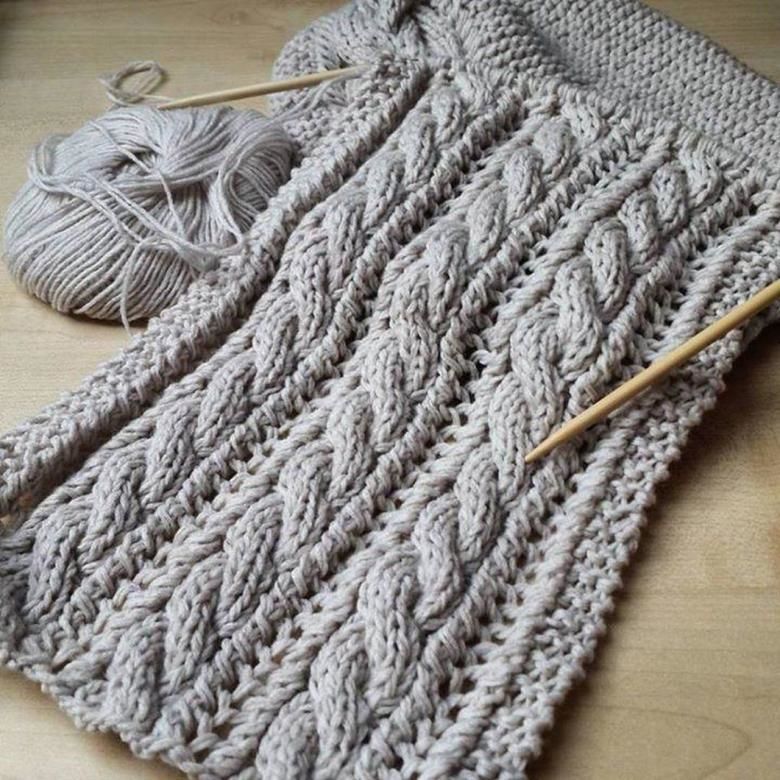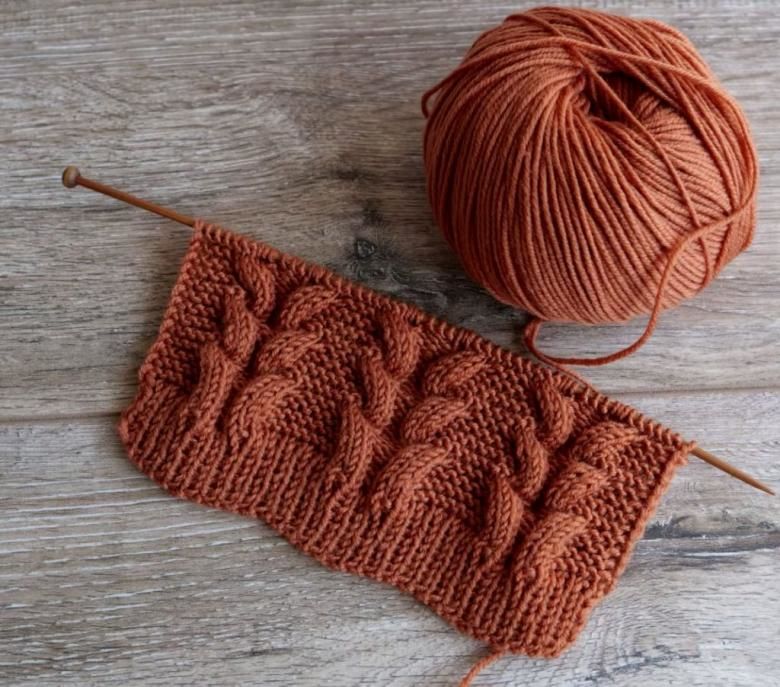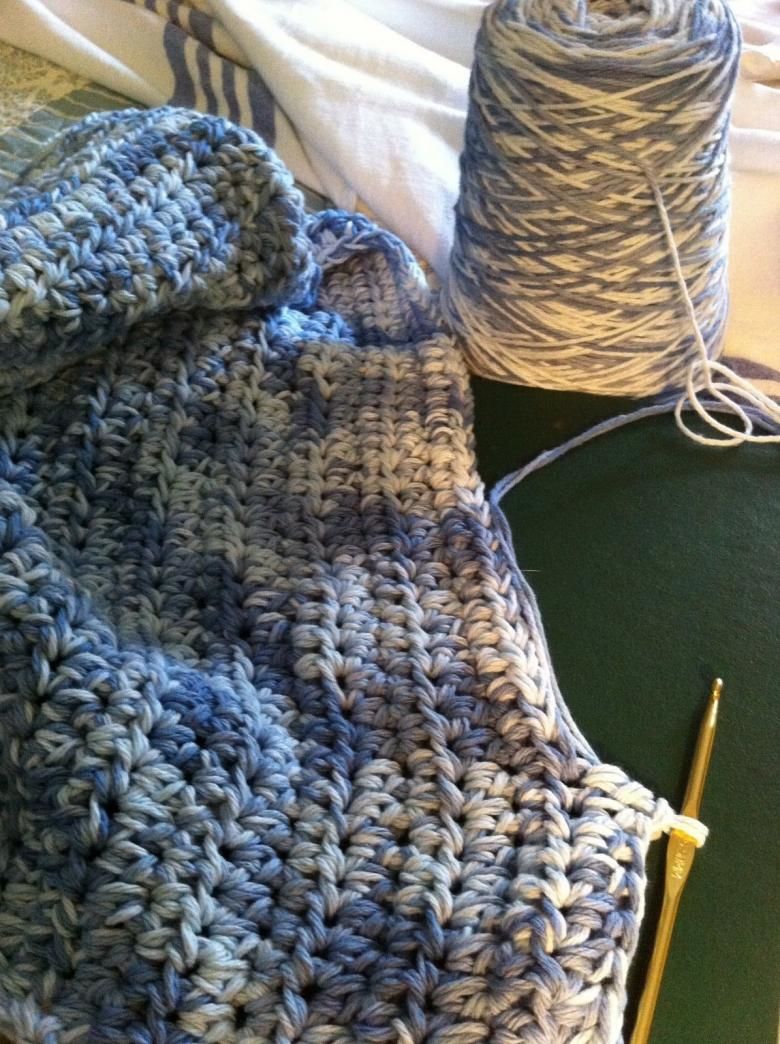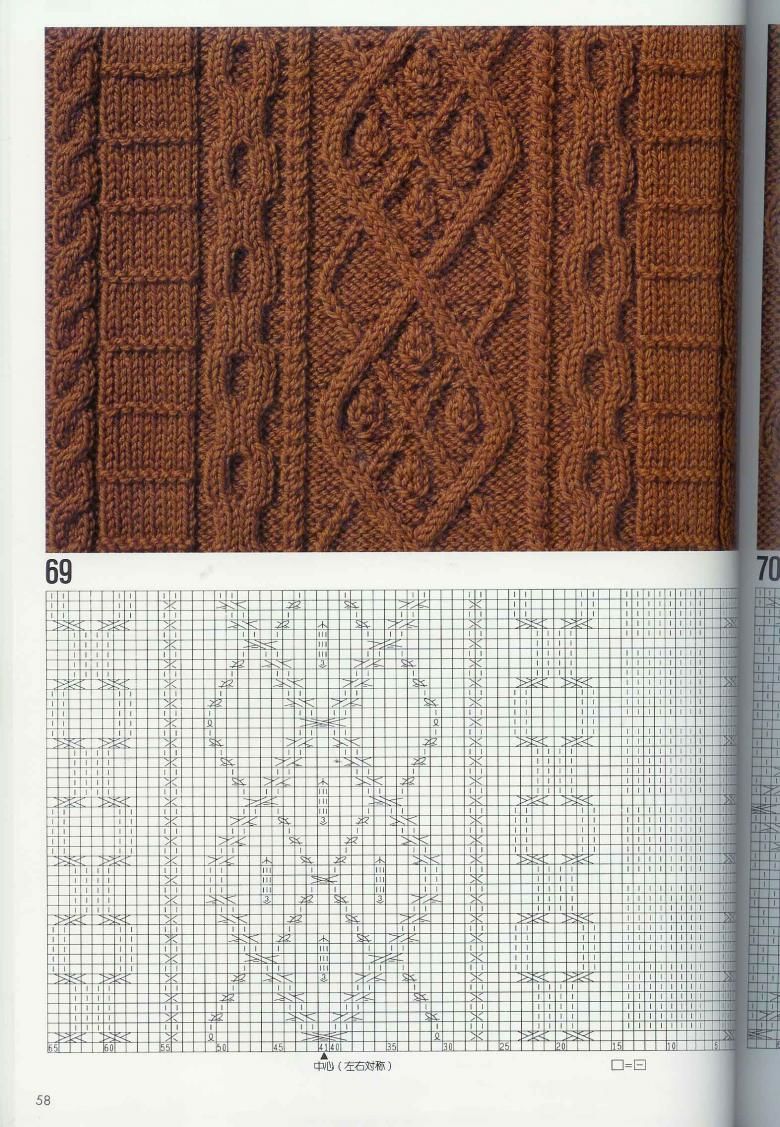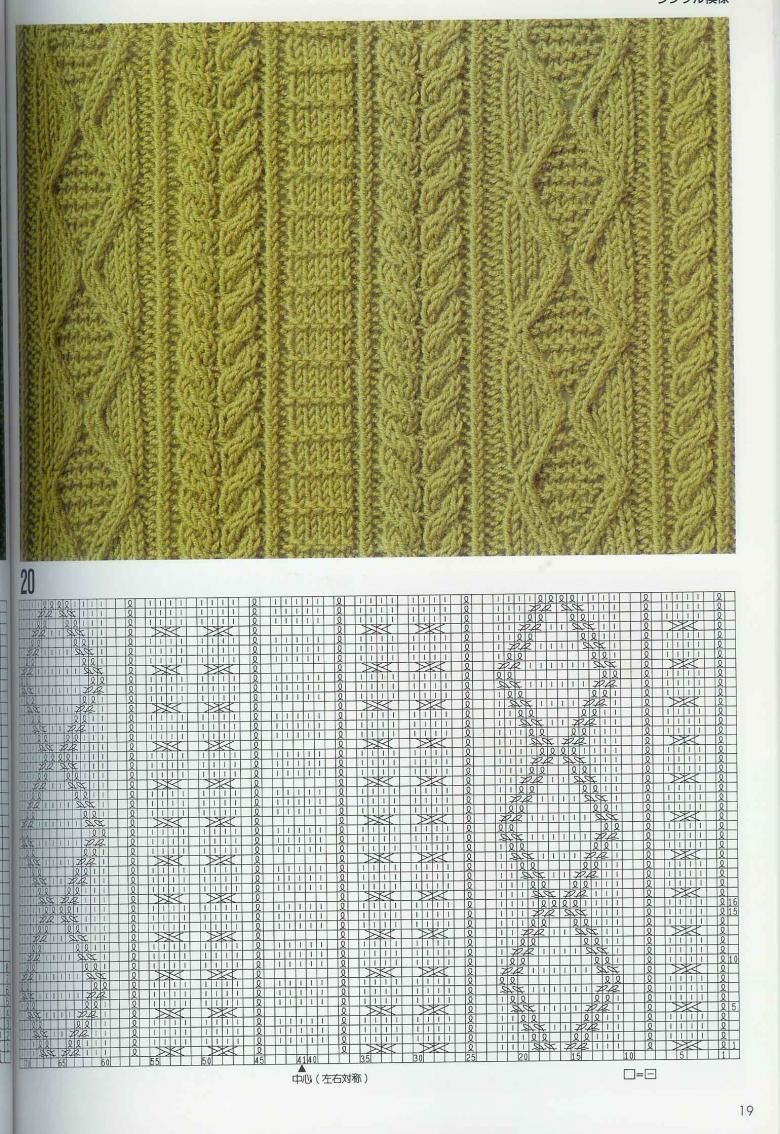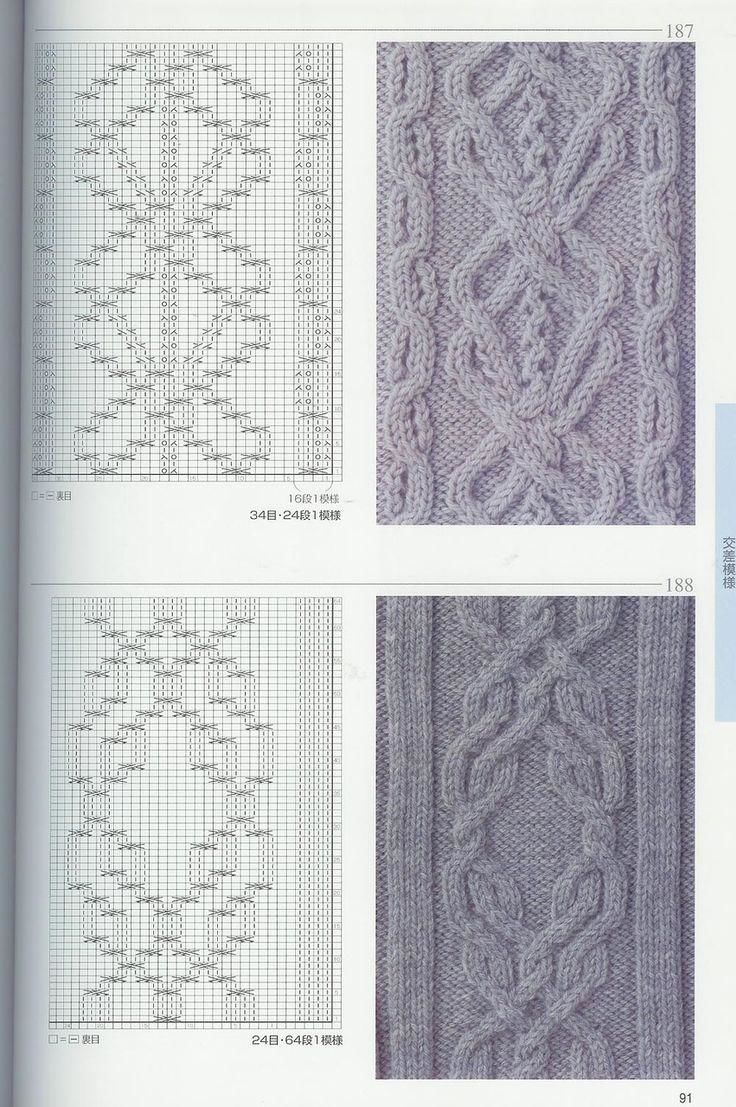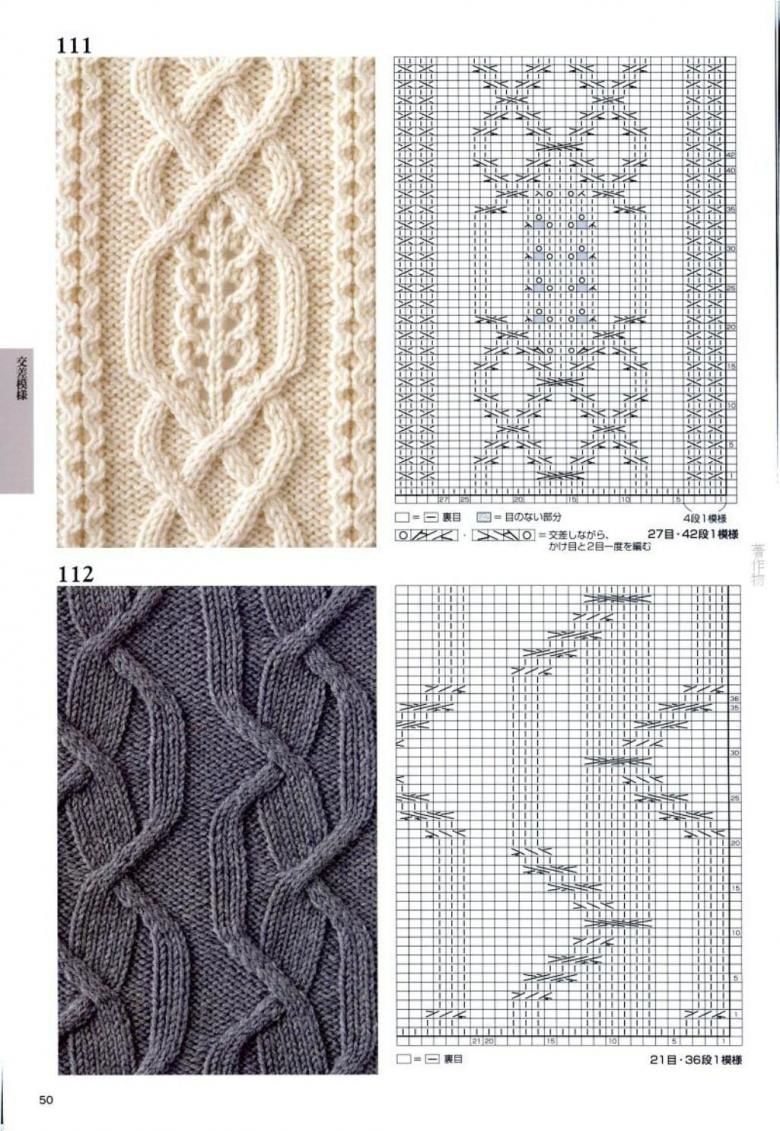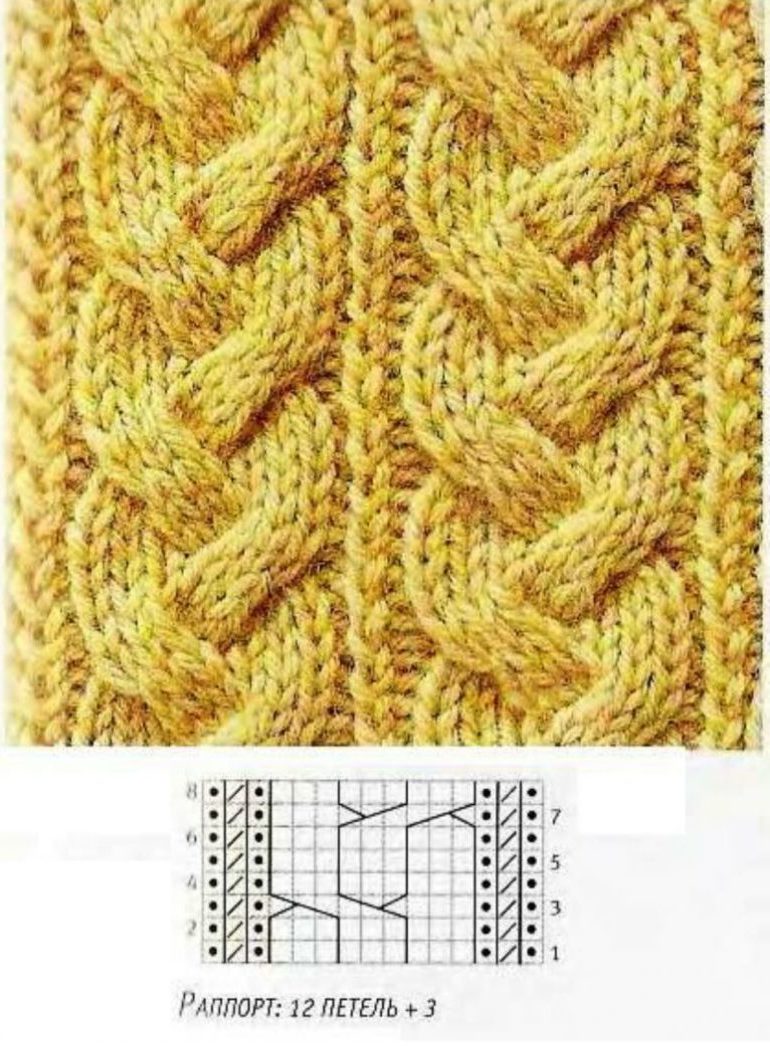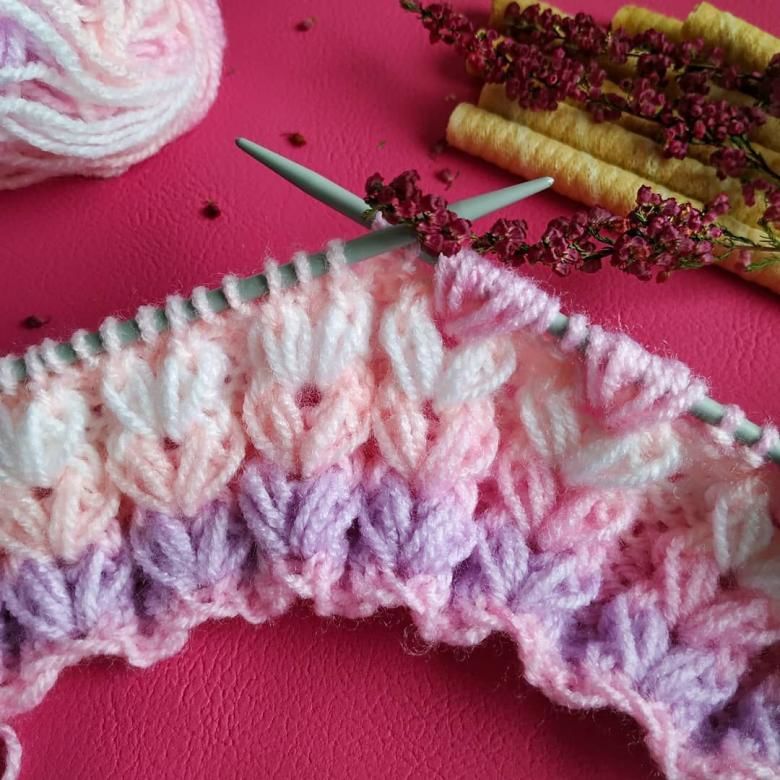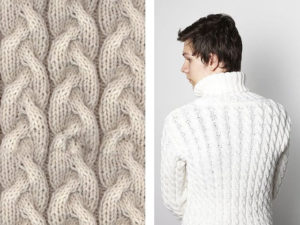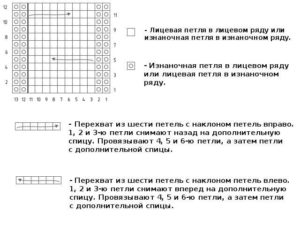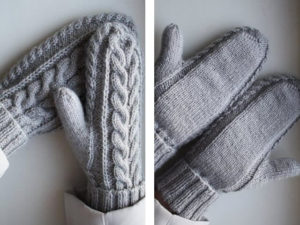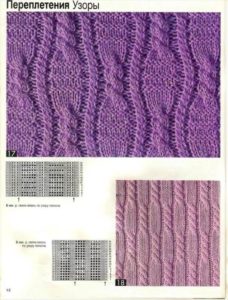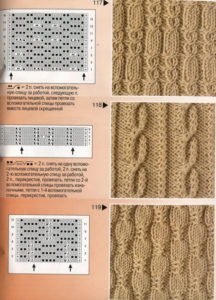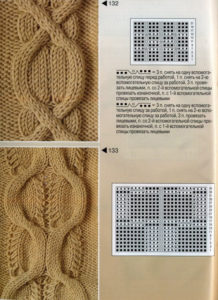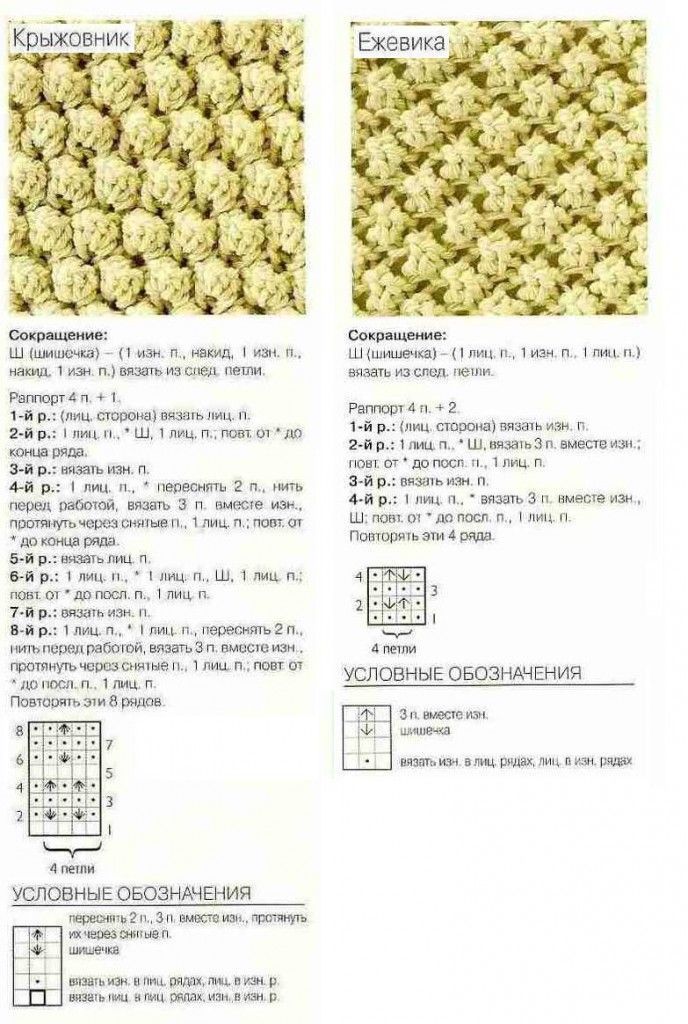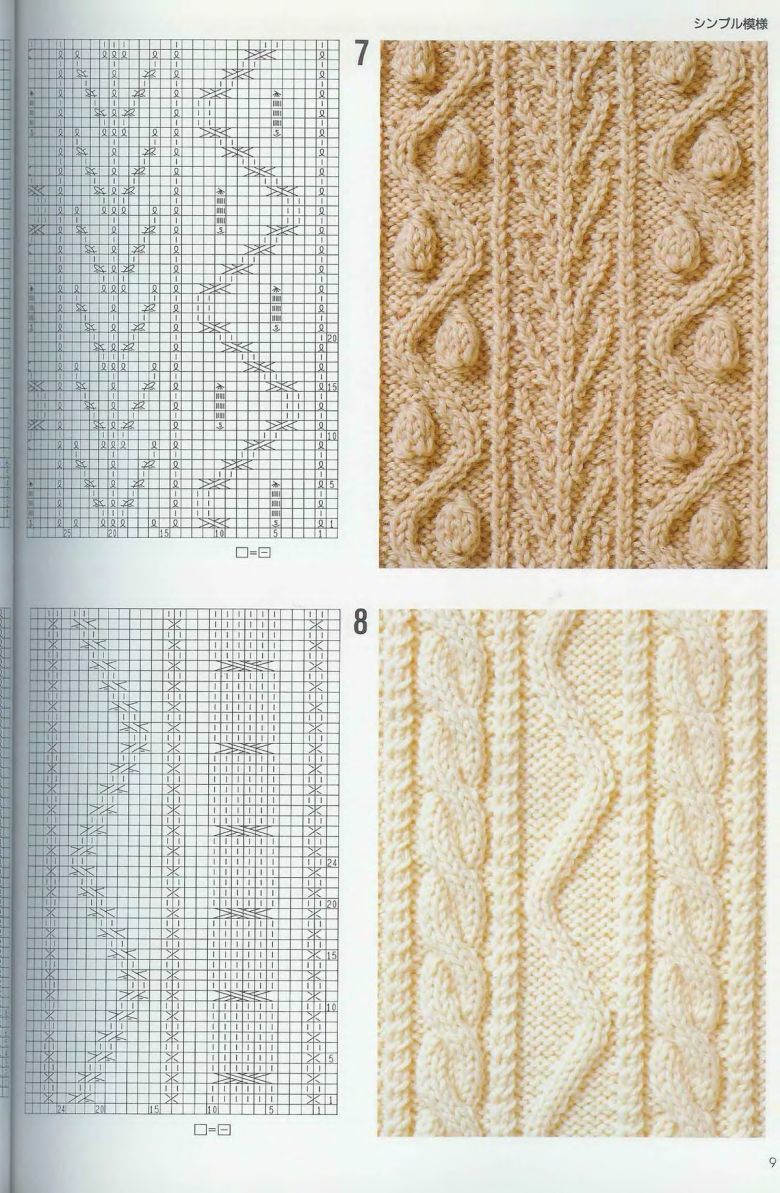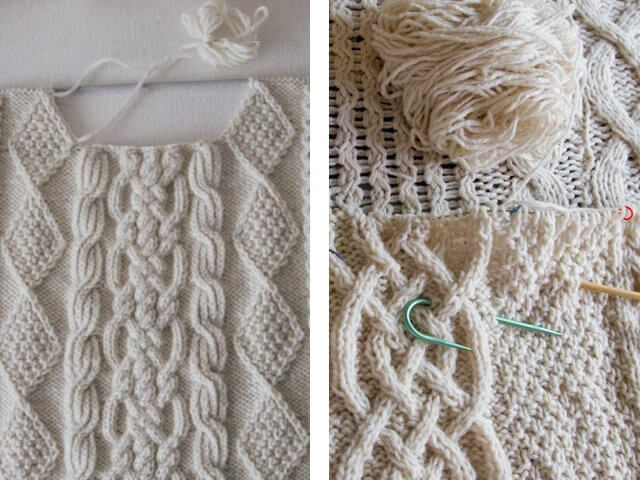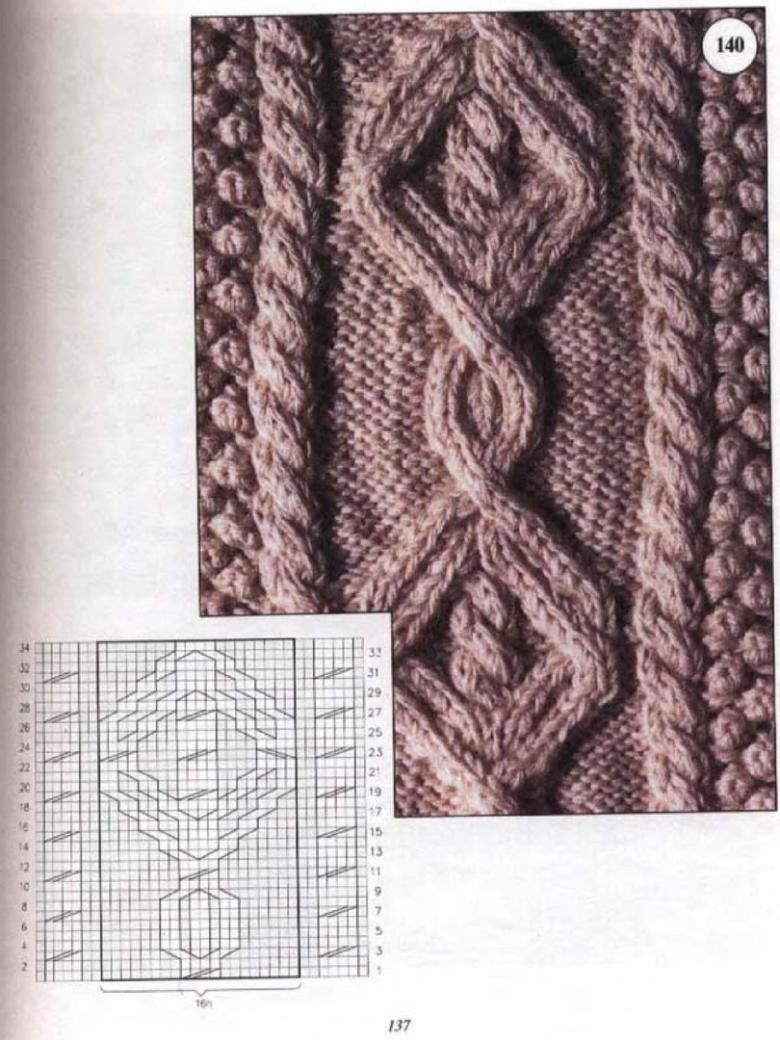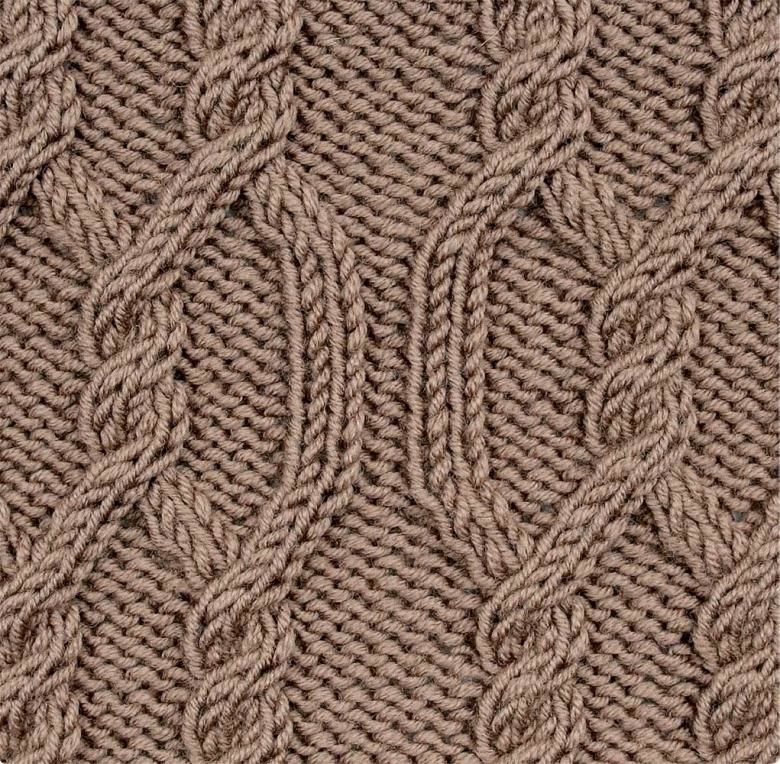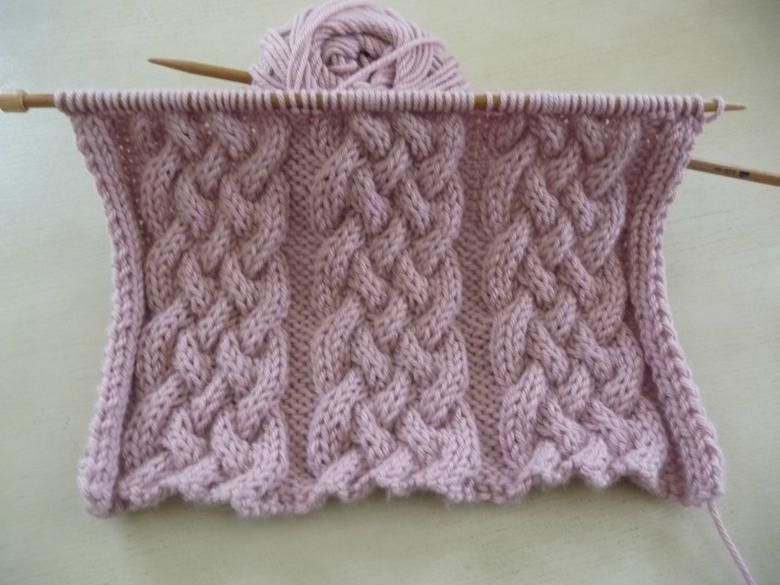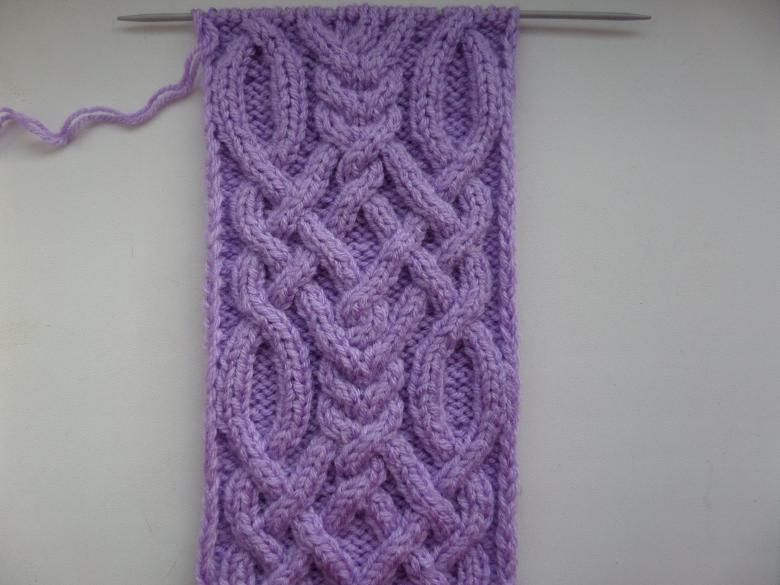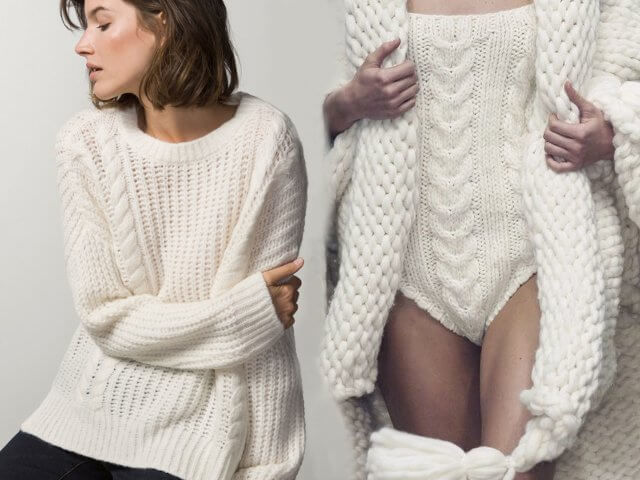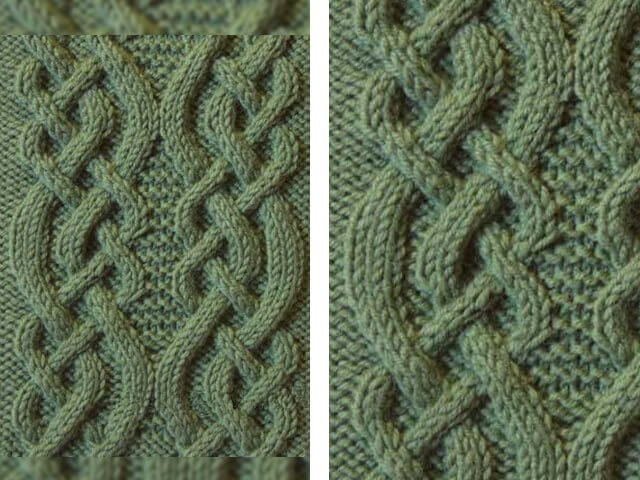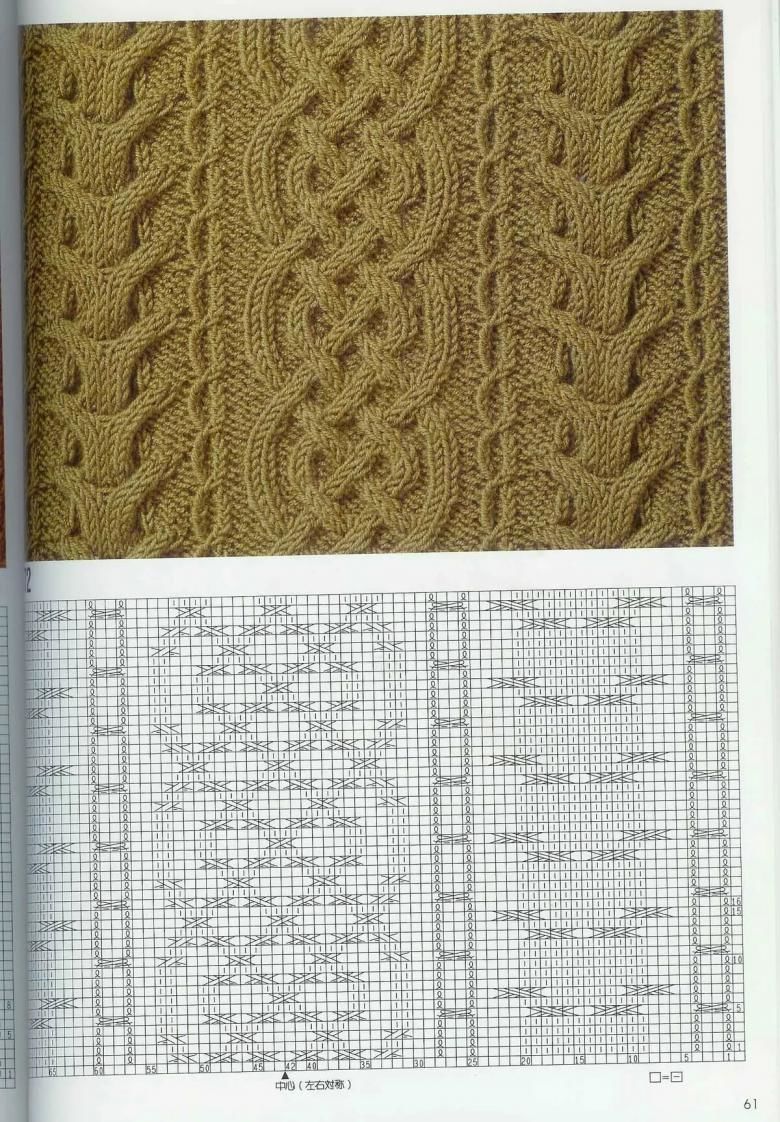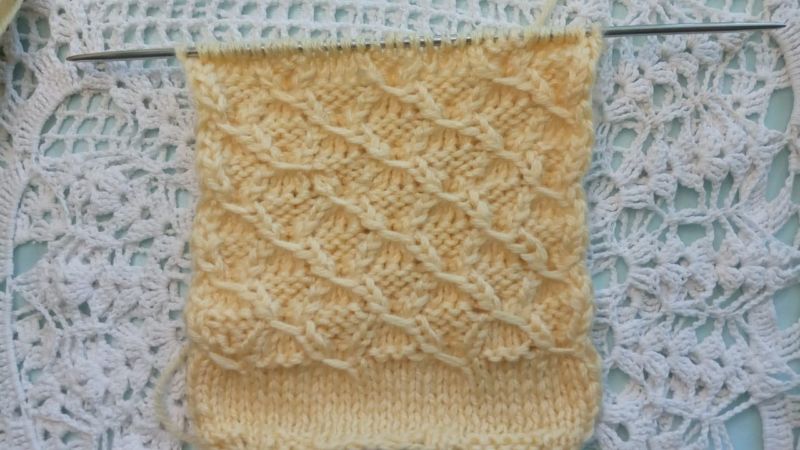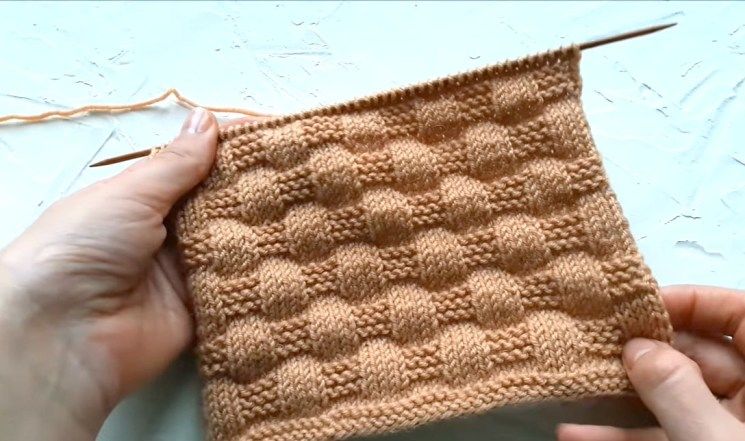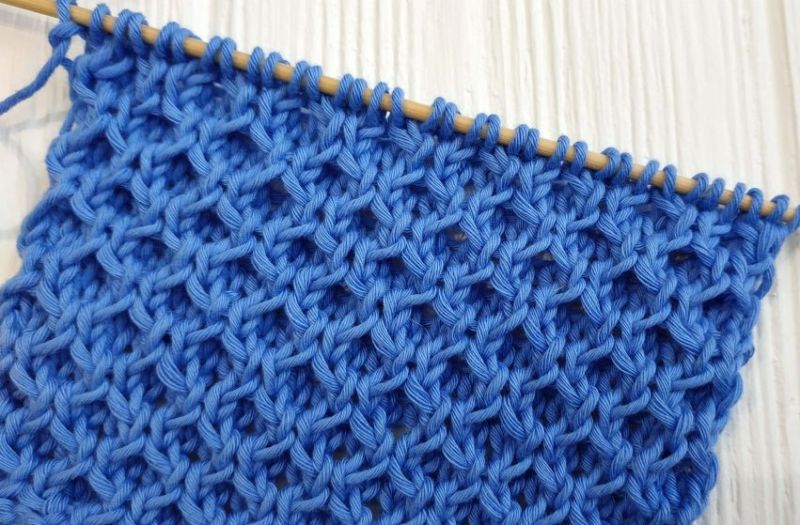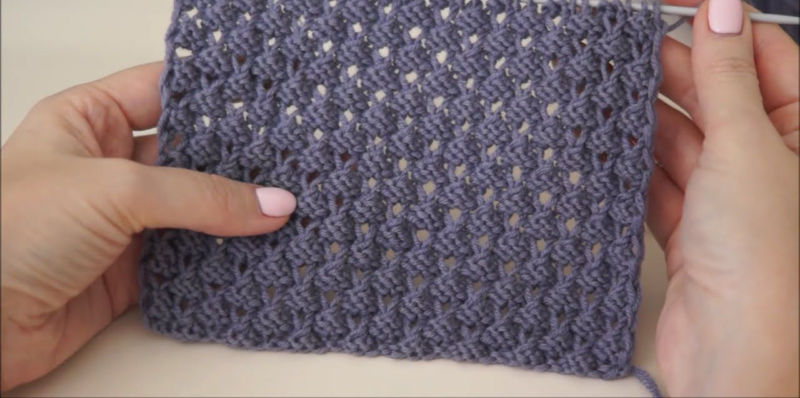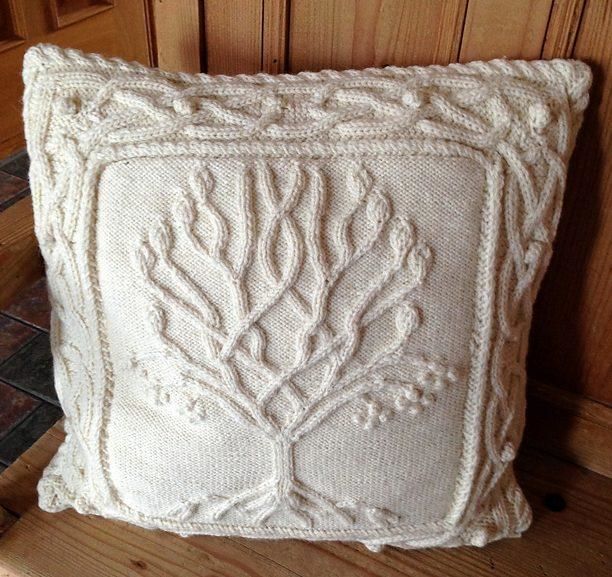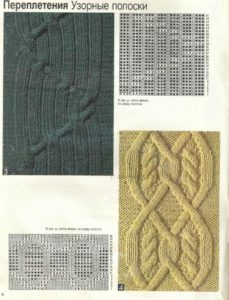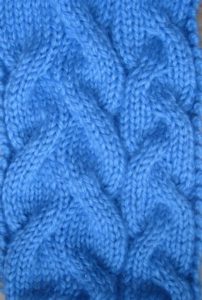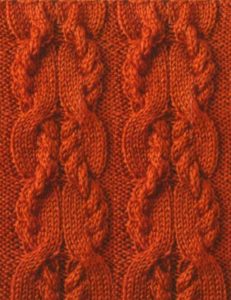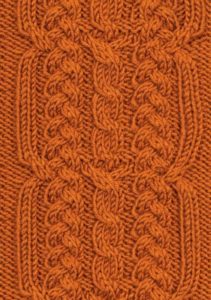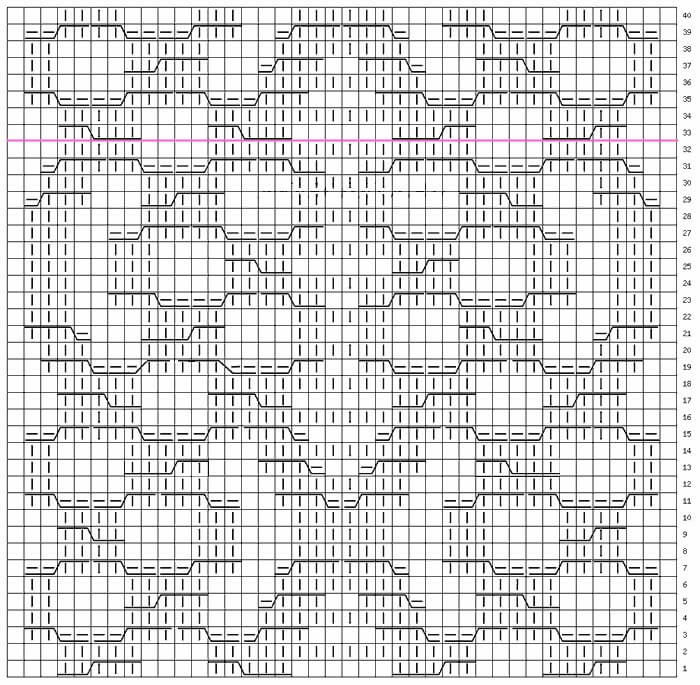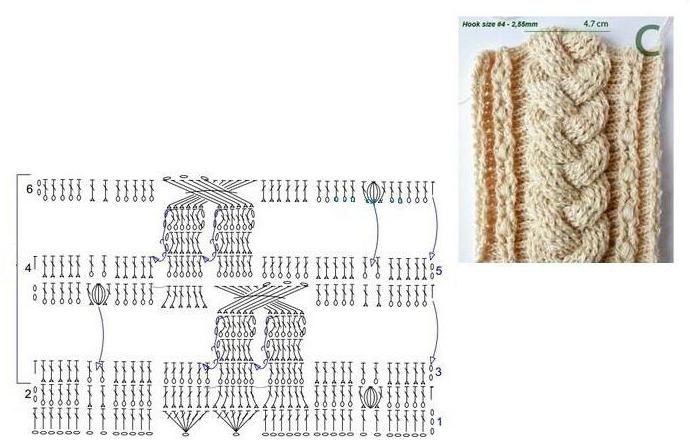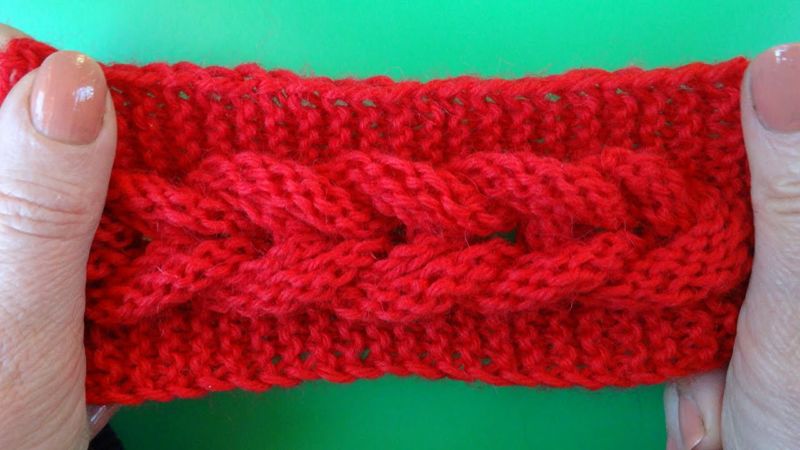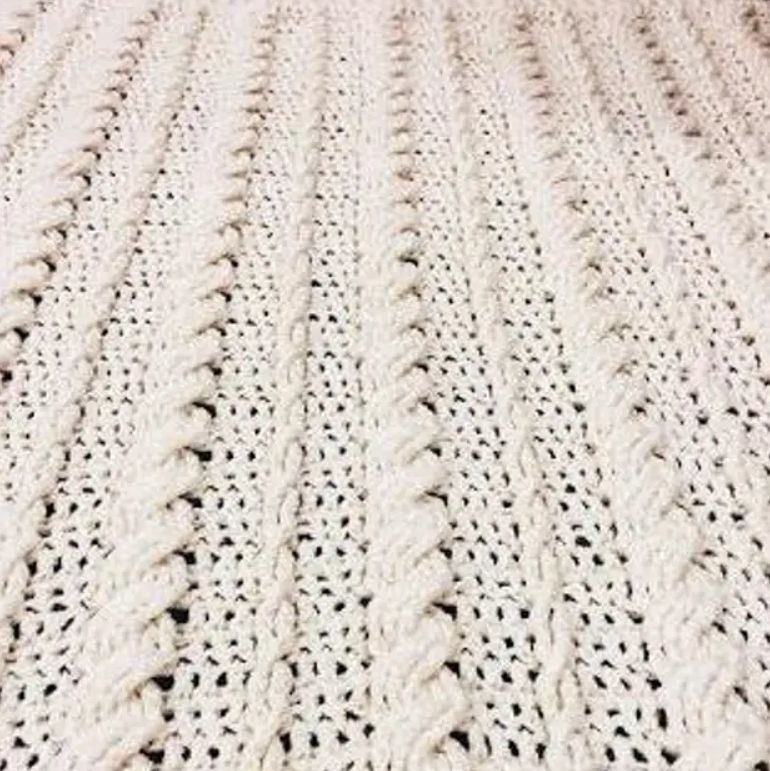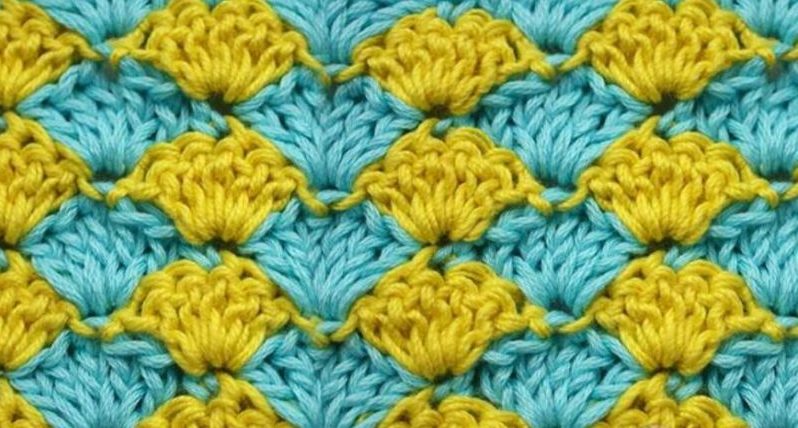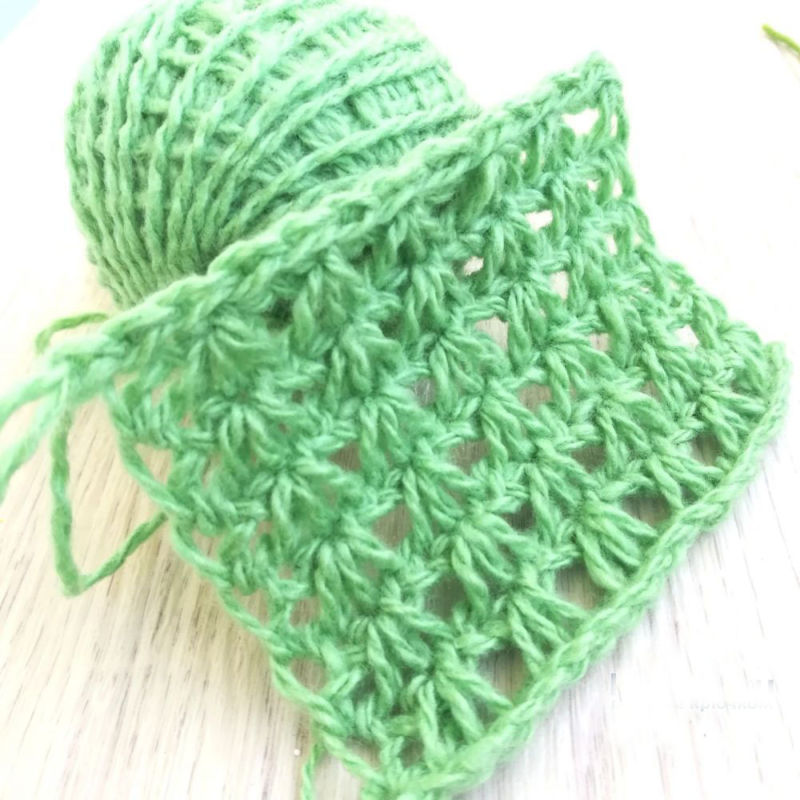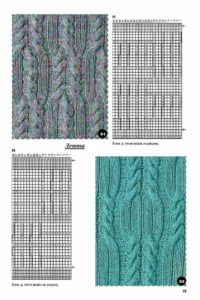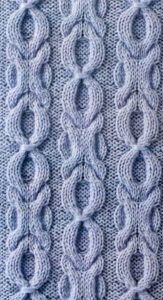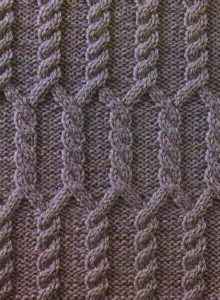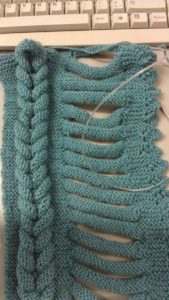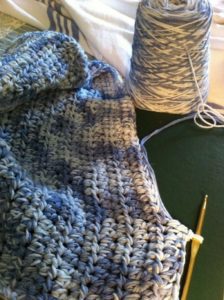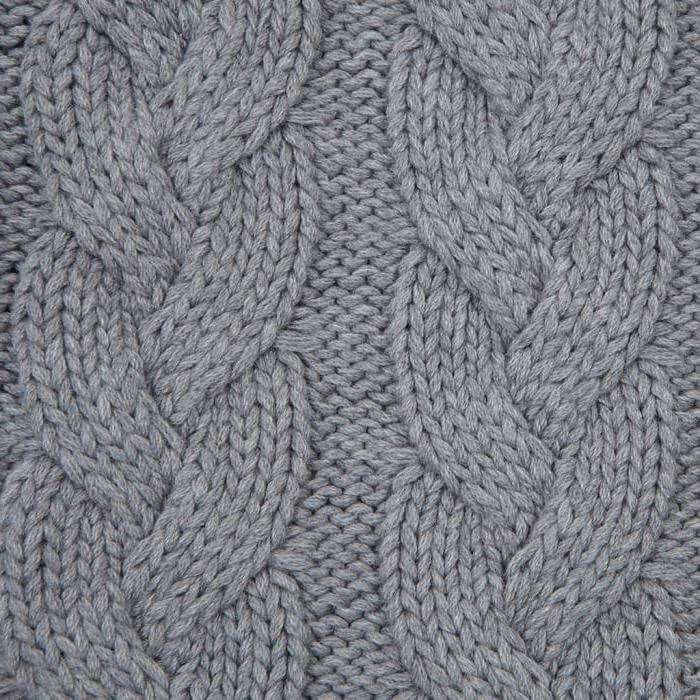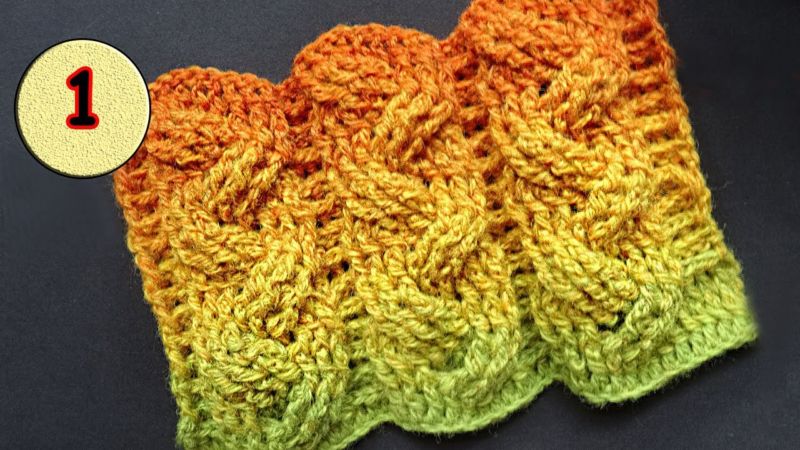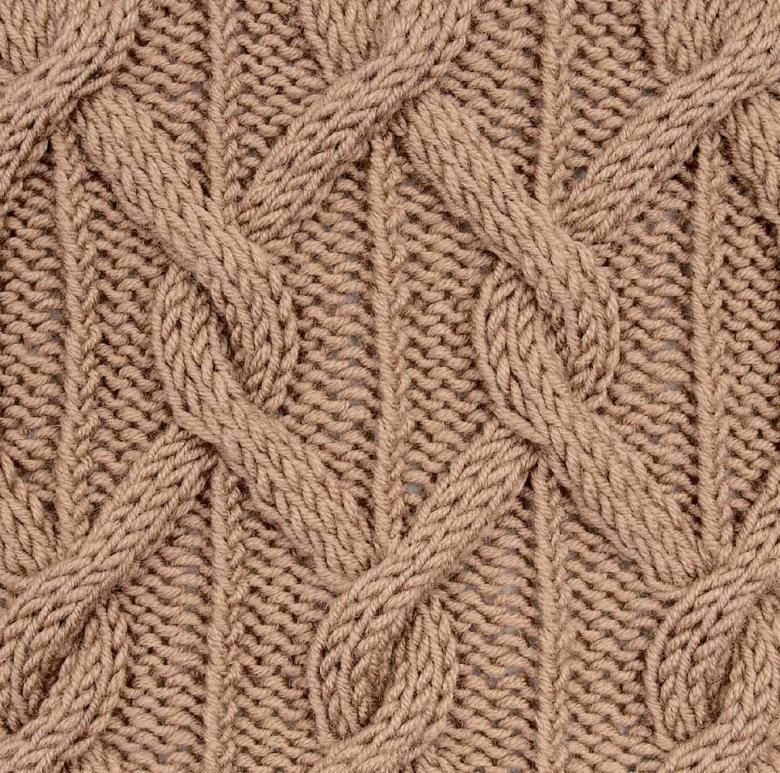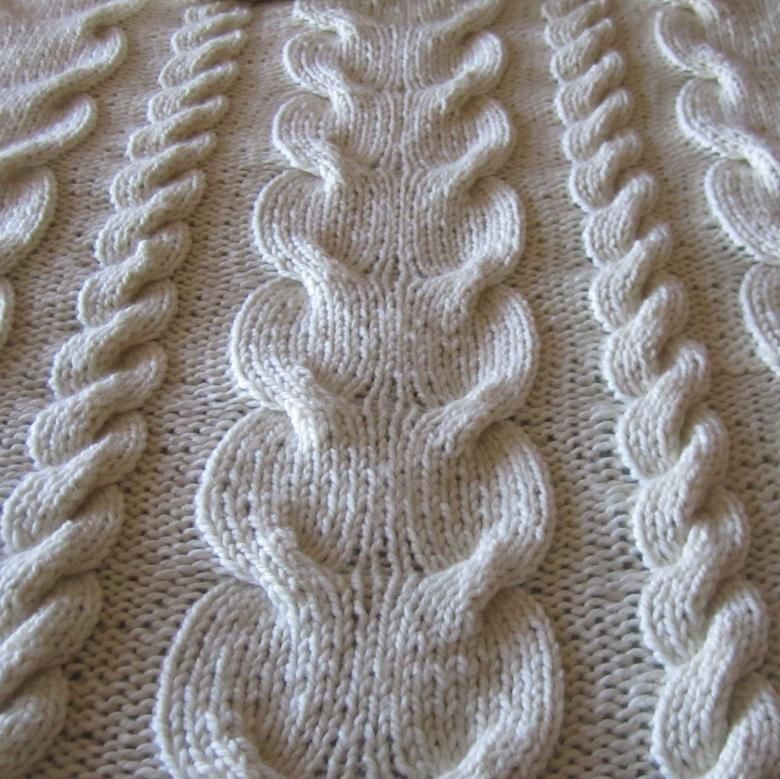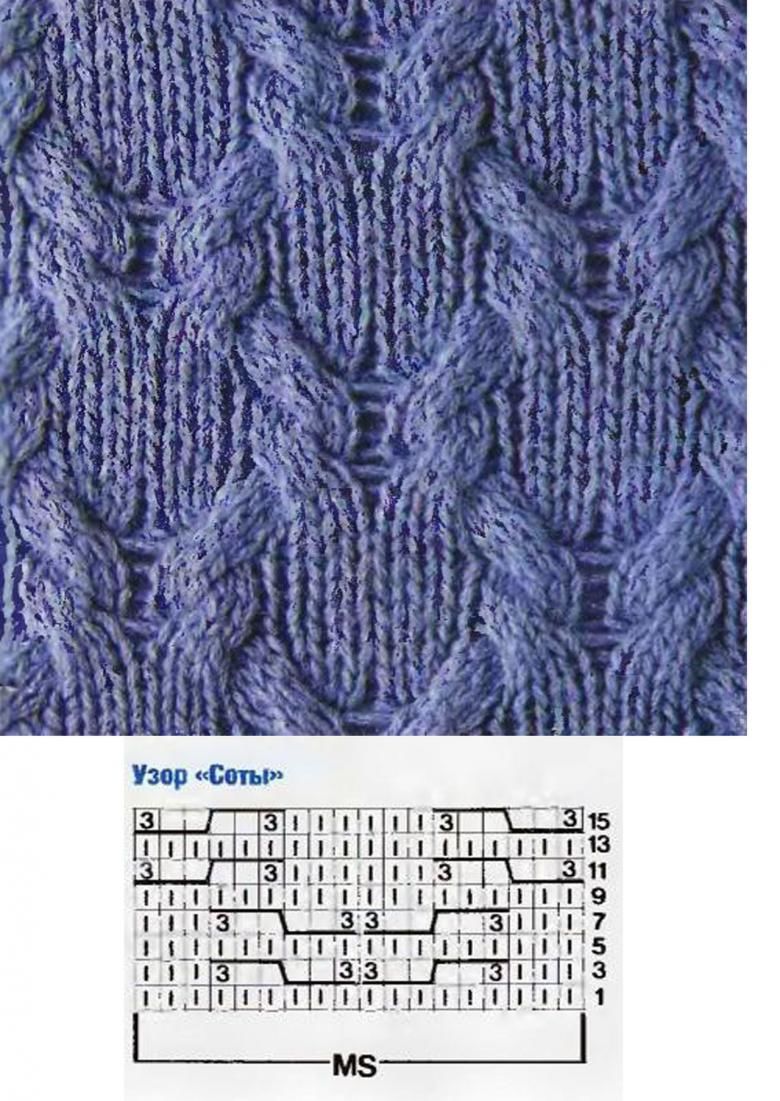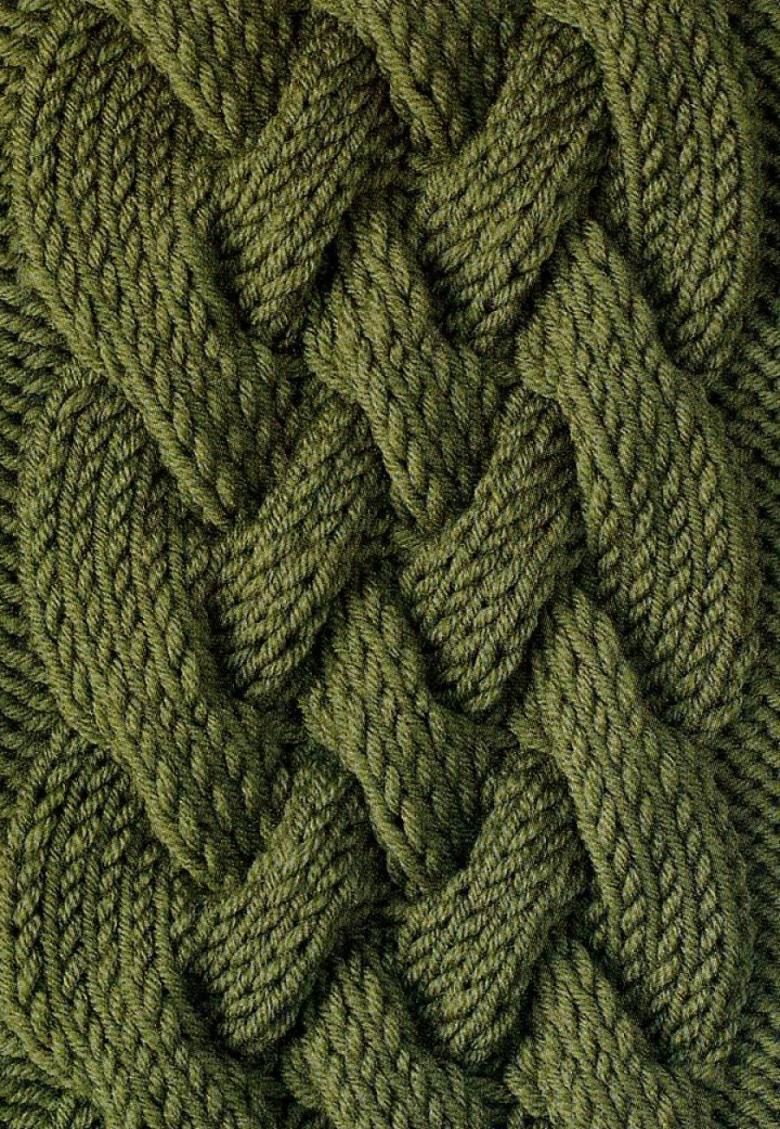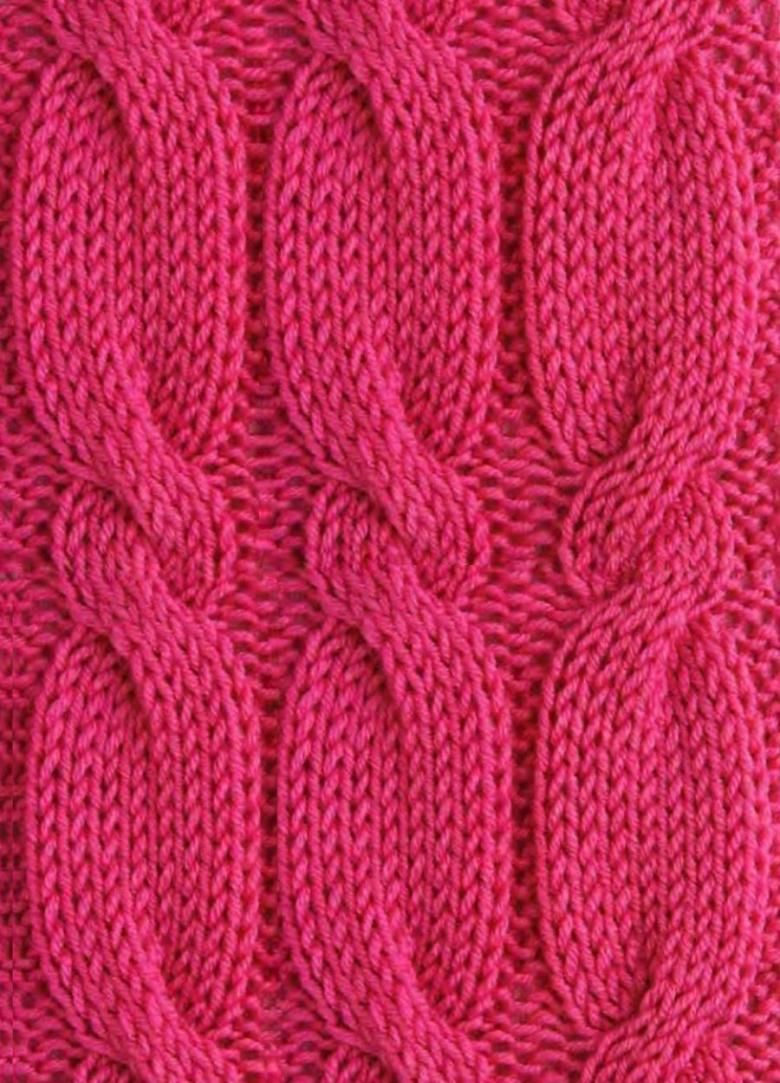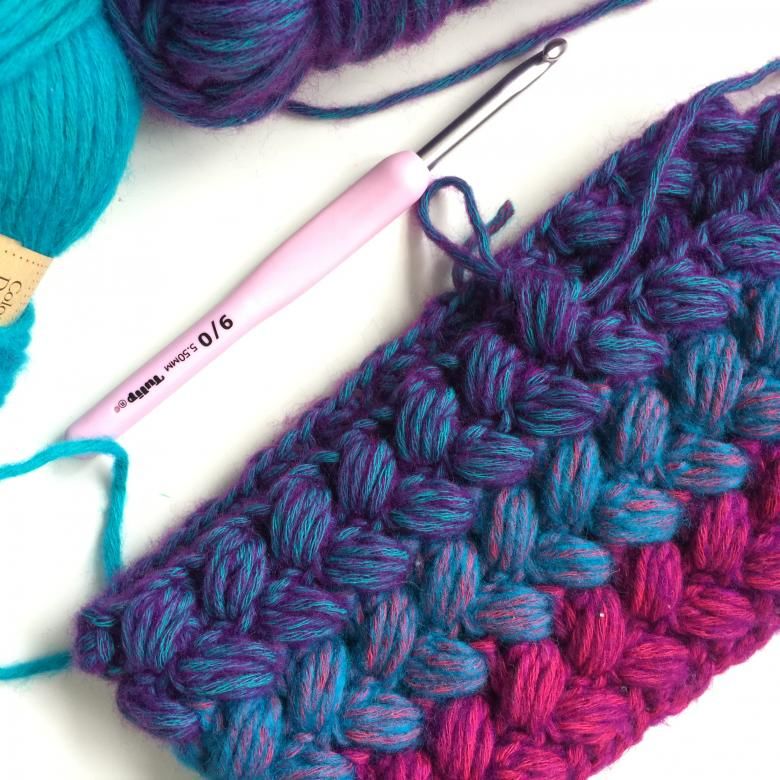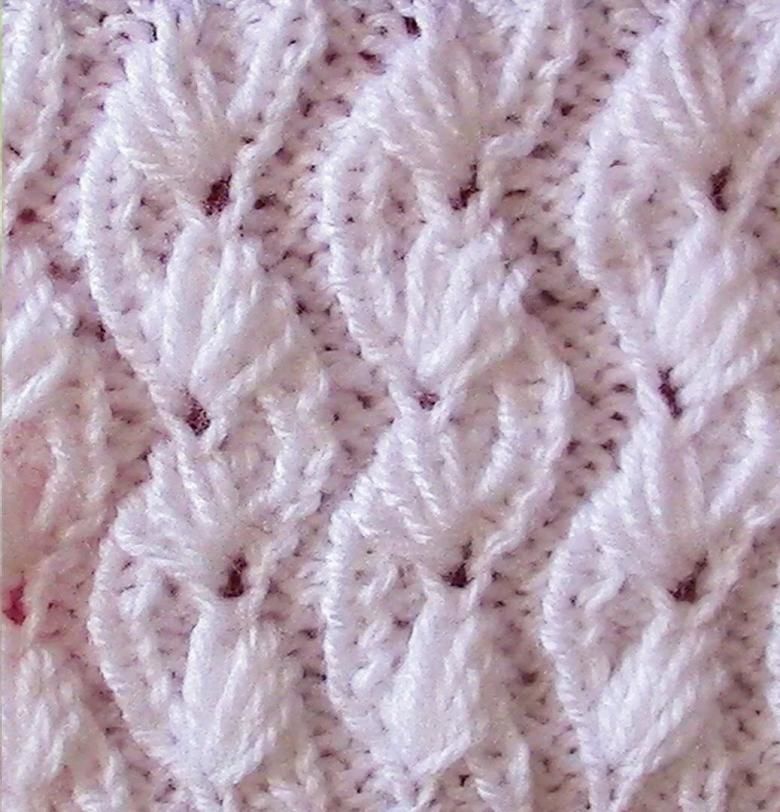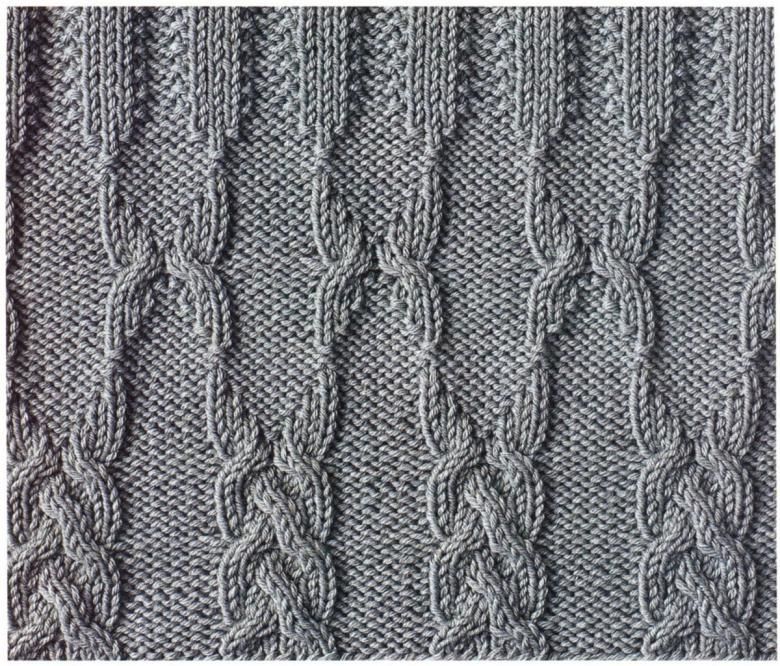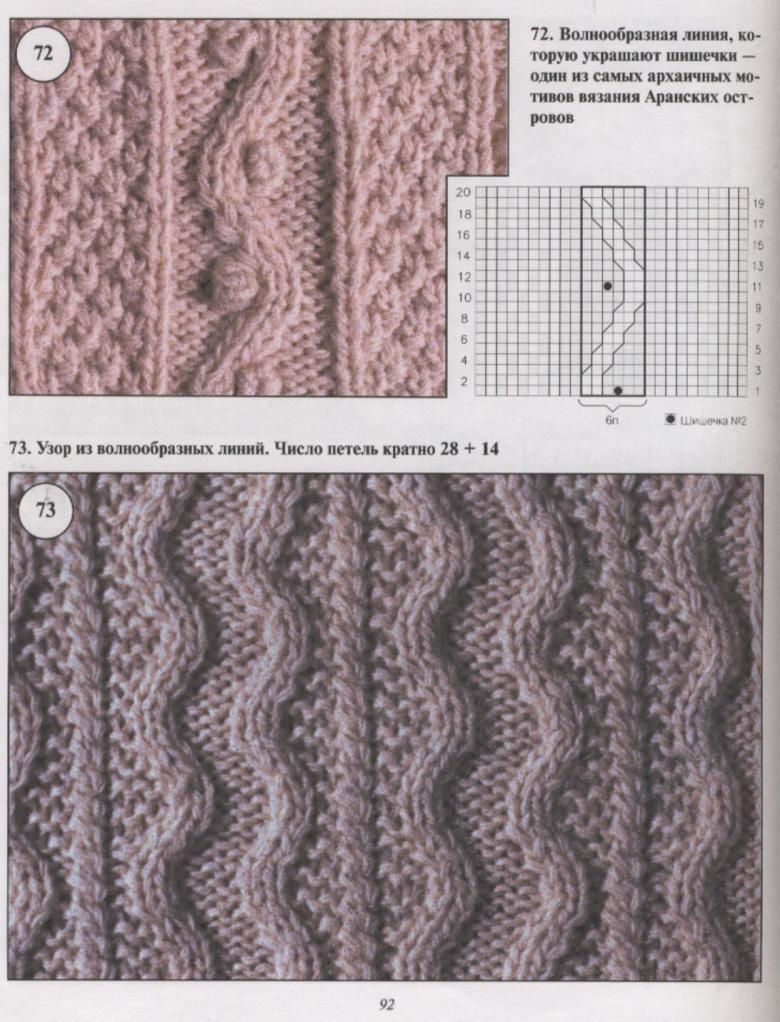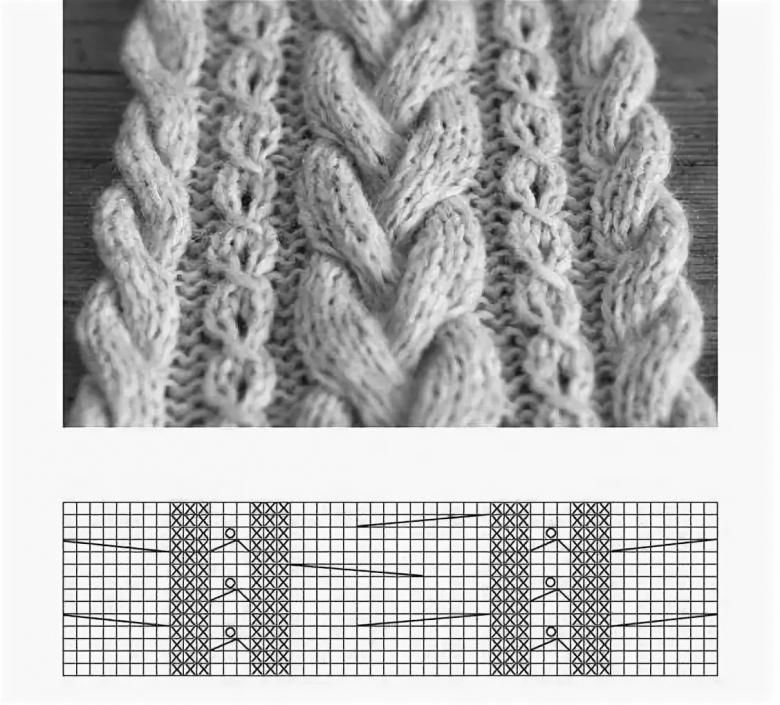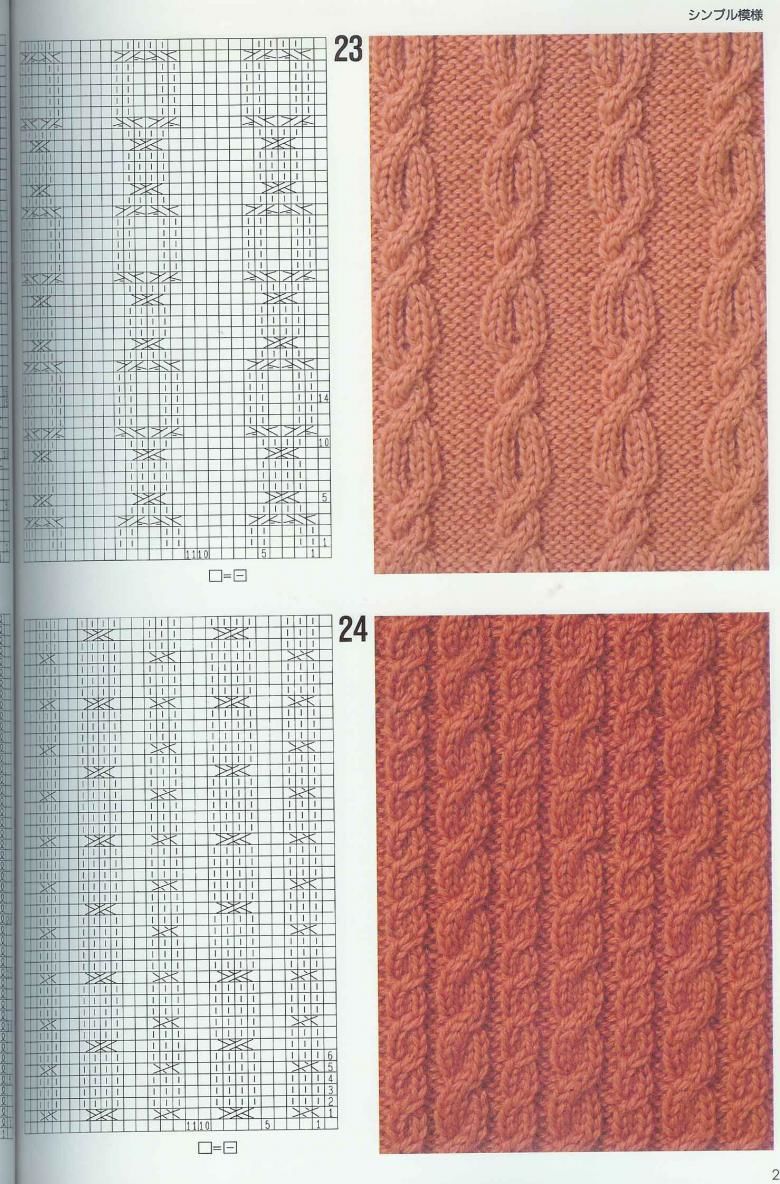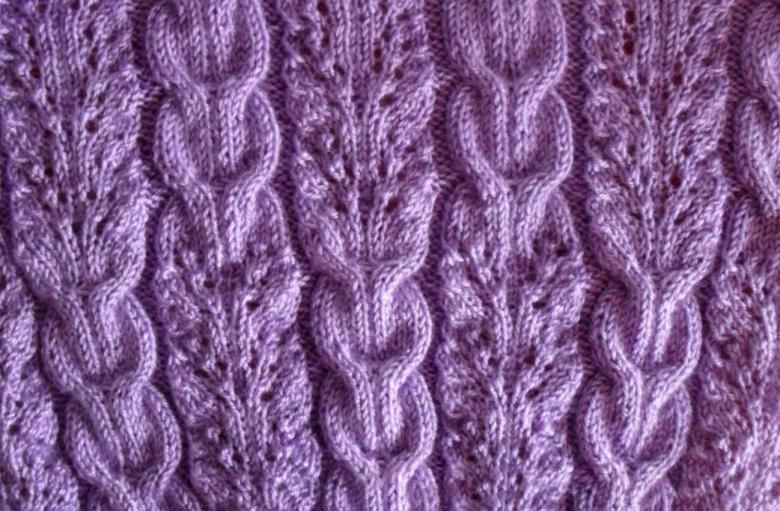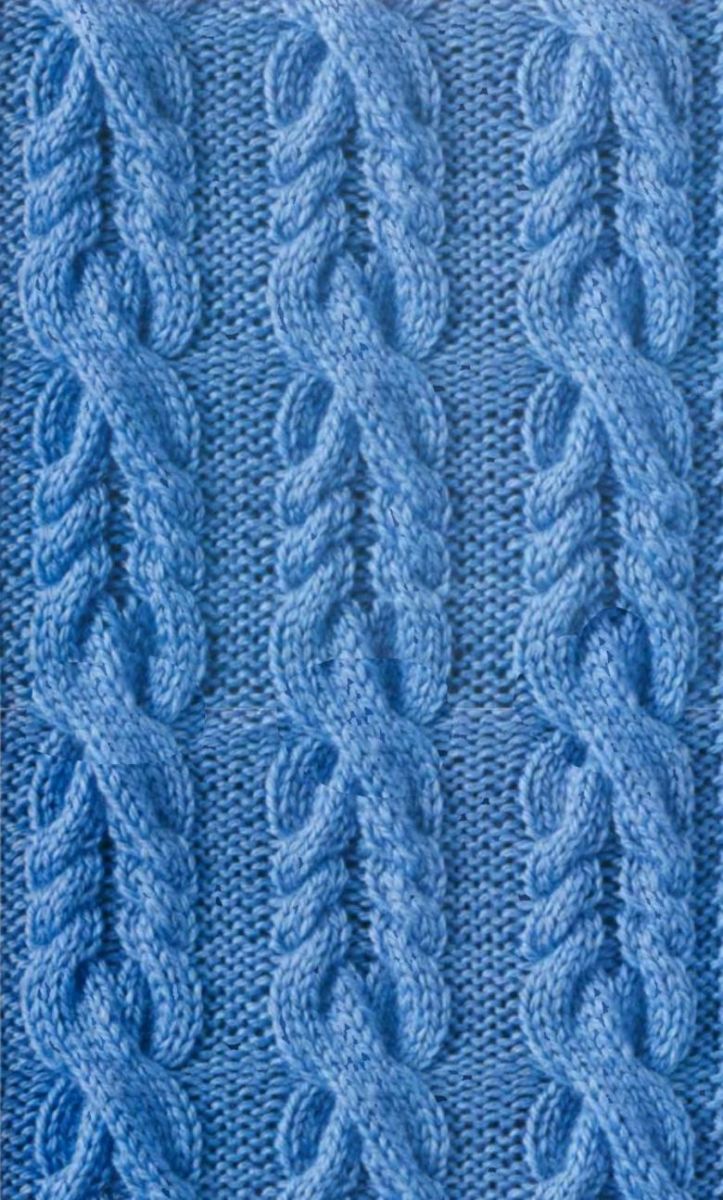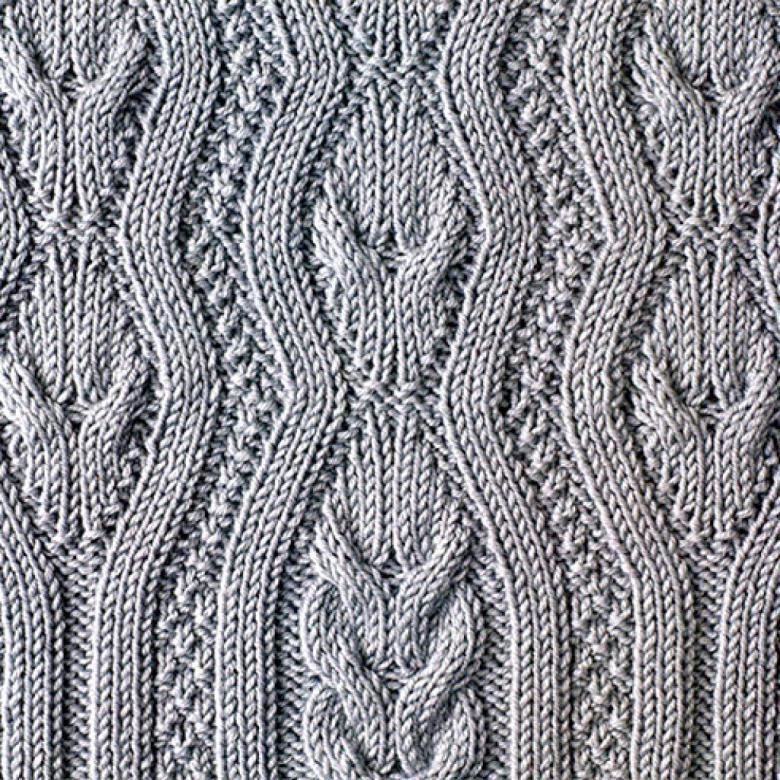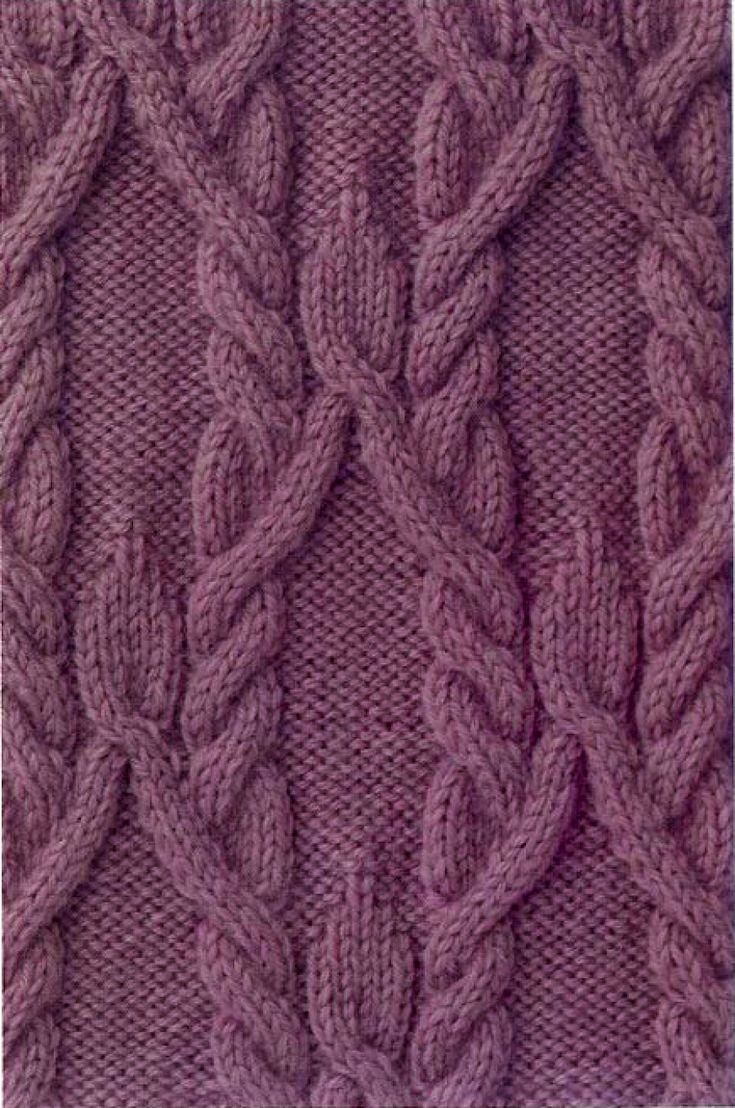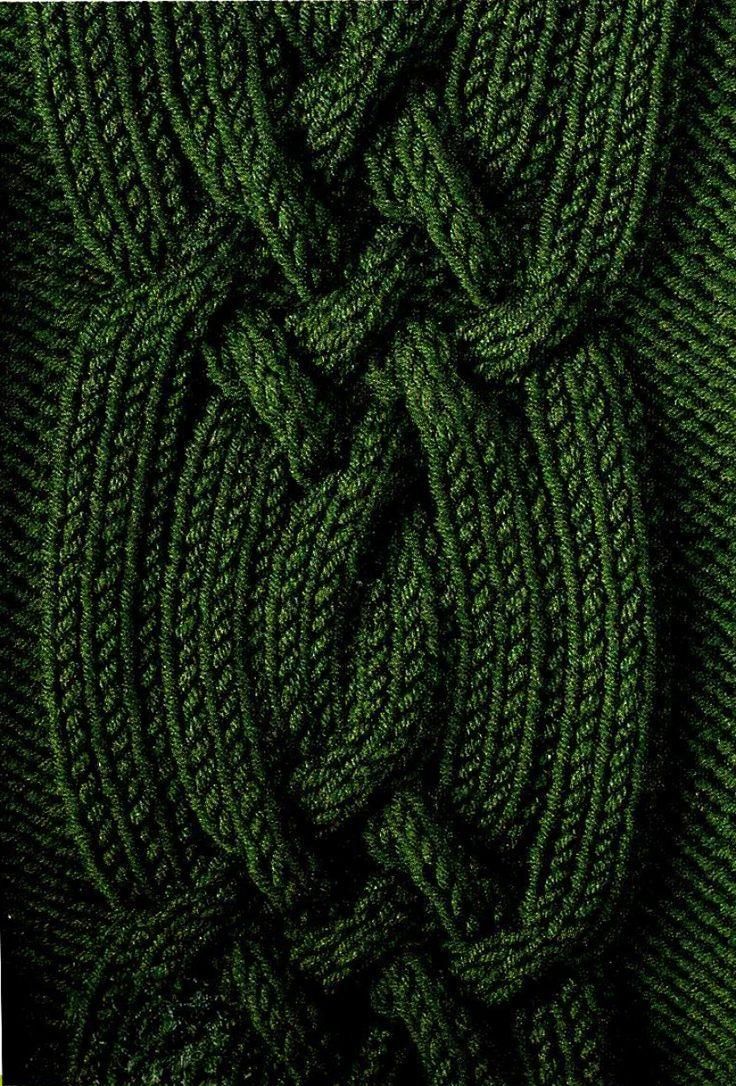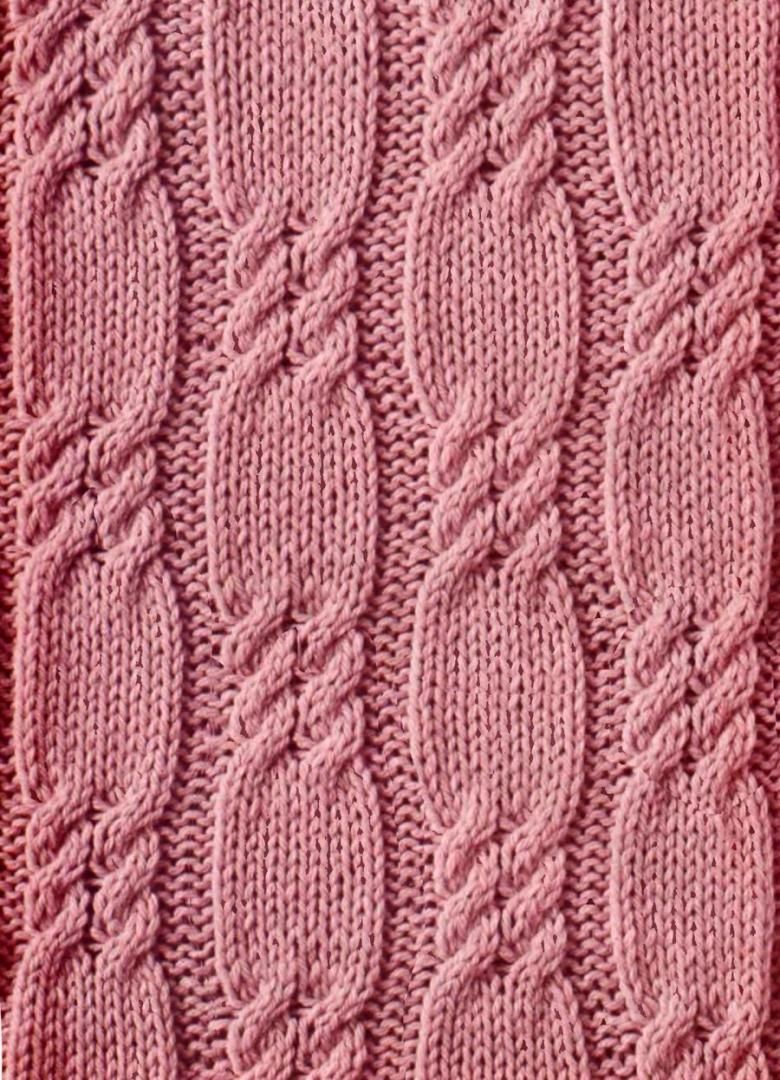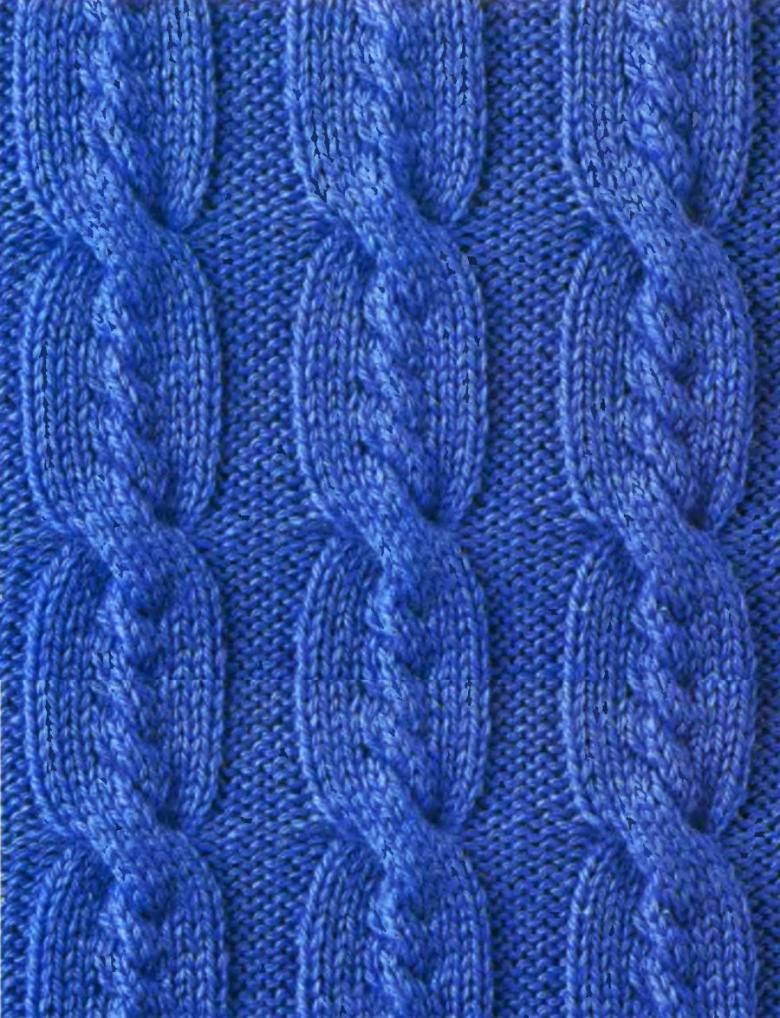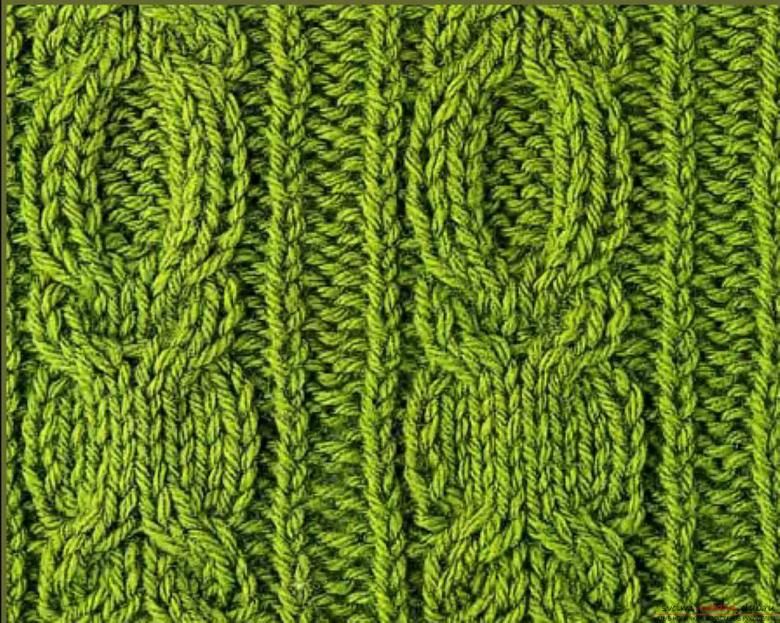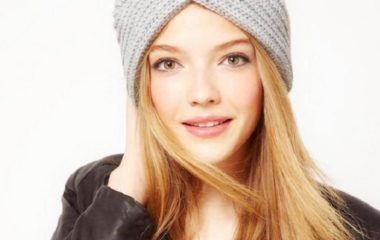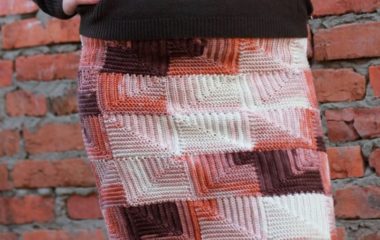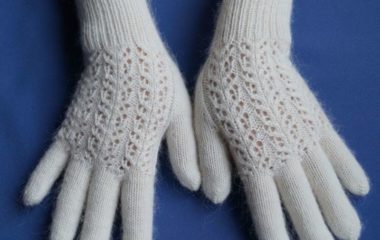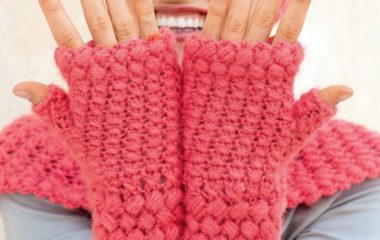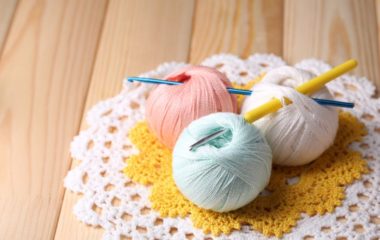Crochet chain knitting: master classes and an overview of simple schemes for beginners.
To create warm sweaters, sweaters, sweaters and coats often use the technique of knitting harnesses and braids. These are old, even, we can say, ancient elements that give the product a twist.
In many countries there were and are national patterns that can decorate any clothing, whether it is a light summer t-shirt or winter knitted coat.
Such patterns are equally beautiful on children's and adults' clothing! They decorate hats, sweaters, winter accessories, warm shawls, cute baby paillettes, handbags and much more.
Both needles and crochets are used for knitting. If you prefer to knit with needles, take care to have a knitting pin or another needle.
You will need the right yarn to make the braids. For warmer garments and more embossed braids, a thicker yarn and a larger size knitting needle will do.
Many craft stores now sell special sets of needles for such knitting (different sizes). Also, you need to decide in what part of the product will be braids or plaits. Perhaps on the cuffs and collar, or in the center of the product, or only on the side?
Pattern description
The basis of knitting - crossing some loops with each other. The world has come up with a huge number of schemes and patterns, as single braids, and continuous intricate harnesses.
Schemes of knitting with needles
Before you get to work, you need to decide what scheme will be used. Because it has to be done at the initial stage. There are several of the most common patterns.
Classic braid.
To perform the pattern you need:
- 1st row knit according to the scheme: 2 stitches do the front, then we knit 3 loops to the wrong side, the next 9 to the right, 3 more loops to the wrong side and 2 more loops to the right;
- The 2nd and all subsequent even-numbered rows follow the pattern.
- The 3rd row is performed according to the scheme: the first 2 loops are performed by the right, then 3 loops, 6 crossed to the left. To cross 3 loops at the beginning of the work should be moved to an extra scarf, then 3 loops, the next 3 shall be taken from the extra scarf and also knit with the right. Finish the row with 3 left and 2 right.
- The 5th row is done in the same way as the 1st.
- Row 7: The first 2 are left-handed, then 3 are left-handed, cross the next 6 stitches to the right and finish with 3 left-handed and 2 right-handed stitches.
There are a huge number of variations in the execution of harnesses: they are both single braids, and double braids with a pattern in the intertwining. And also their widths are varied: from 2/2 loops on cuffs and, for example, 15/15 loops - a wide braid with a pattern inside.
A lot of patterns can be found on the Internet: both simple and more complicated, or you can develop your own individual pattern-scheme.
Gooseberry pattern
Let's take a look at another simple version of knitting braids called "Gooseberry". It requires two extra needles or pins. Work as follows:
- Bind the 1st, 3rd, 7th, 9th rows alternating 1 wrong and 5 right.
- The 2nd and the next even numbered rows follow the figure.
- 5th row: 1 razno, 5 crossed. Crossing is done as follows: first, we leave 1 stitch on the extra needle, then we leave 3 stitches on the extra needle at the end of the work, we do 1 left, then we do the stitches from the 2nd extra needle, then from the 1st), then 1 wrong and 5 right.
- The 11th row: we begin with 1 to the left, then 5 more left, then 1 to the right and cross again 5 stitches.
Relief braid
To knit the relief type it is necessary to use a multiple of 8 loops, in addition we add 2 end pieces and 2 loops for symmetry. Relief braid is very beautiful on the wrong side of the finished product. You can achieve the volume effect as follows:
- 1st, 3rd and 5th rows: knit with repetition - 2 rayes, then 6 obverse loops; finish all with 2 rayes.
- Rows 2, 4, 6: repeat - 2 left then 6 right; end with 2 left-handed stitches.
- Row 7: repeat - 2 to the left, then cross 6 on the 3 stitches. For the cross, the first 3 stitches are removed on the extra stitch and left at the beginning of the work, then 3 stitches are left as the right, then the first 3 stitches are transferred to the left hand and knit with the right stitch).
- Then repeat knitting from the 1st row.
For the formation of braids is well suited yarn with a wide thread, then the product looks very voluminous and clearly visible on the fabric.
Irish braid
This type of pattern we got from the islanders of the western part of Ireland. Irish braid (arans) were used to create warm knitted sweaters for the local fishermen. In view of the cold weather and the roaring ocean, thick thick thick fishermen's sweaters kept the men warm while they worked.
Arans are a very old method of Irish knitting, named for the West Coast of Ireland.
The Aran Islands are a group of 3 small islands whose inhabitants spent their lives farming or fishing, so the ocean and the events emanating from it have always remained the basis for their sustenance and well-being.
The Aran patterns have been kept in each new generation and passed down from one generation to the next, as the heritage of Ireland itself. Arans still carry a sacred meaning in the lives of the islanders.
By their patterns in every part of the island you can determine the life and events in the lives of families of fishermen. The peculiarities of knitting local patterns were handed down from time to time to each new generation, this knowledge was valued and preserved as the heritage of Ireland.
Arans also had to be used to identify the bodies of fishermen that the ocean had thrown ashore.
A knitted sweater can be created with any combination of patterns, which depends on the origin and occupation of each clan, and of course on the skills of its knitters. A warm sweater knitted by a local fisherman consists of about 100,000 loops and takes local knitters up to two months to make.
Each element of the pattern has its own unique meaning and is a heritage of the islanders and all life in the Aran Islands.
The basic elements of the Irish braid are done differently in each clan of natives. Let's look at the main ones.
The scythe pattern is used in many Irish knitwear and was originally a representation of the rope of local fishermen, as well as promising the wearer a fruitful new day on the ocean.
The Diamond pattern describes the links in the fishing net as a sign of success and untold wealth, symbolizing the local island fields cultivated by local farming families. This pattern was believed to bring good luck, success and wealth. This pattern is used in combination with the elements of Moss.
The Lattice (or Basket) pattern represents a fisherman's basket. Of course, it was used as an omen for a good catch. It also marked the stone fields of rural communities in the northwest.
The honeycomb pattern means an excellent catch and a long and happy fishing life. Symbolizes the work of fishermen and wonderful rewards after its implementation.
Bramble - this type of pattern is also called the St. Trinity slash, it is very beautiful and denotes the nature of the Irish islands.
Zig-zag pattern displays on the canvas happy and not so happy events of family life of islanders, as if repeating the winding roads on the rocks of the coast. All of the zig-zags and turns indicate paths to cliffs winding along the ocean.
The Tree of Life pattern is the most distinctive of the Islanders' patterns. It demonstrates the solidity and unity of the clan.
Aran knitting does not leave indifferent and today's fans of knitting patterns from around the world.
Crochet patterns
Beautiful harnesses can be knitted not only with knitting needles. A crochet hook is ideal for this as well.
Classic braid
To create a braid with a crochet hook, follow a simple plan of action:
- Knit tightly using the cross-cutting technique.
- Intertwine the strands while crocheting.
- We get the finished braid.
To learn how to knit a product with transversal slits first of all you need to calculate the width of the part base, and calculate how many no-nonsense columns (NSC) for each strand will be needed. It's best to do a practice pattern to calculate the density of your knitting.
After that, we will take as many air loops (BP) as we need for the whole piece: add the width of the fabric before the braid pattern to the width of the strand itself and the width of the piece after the braid. After that, knit 4-6 rows of CBN - the number depends on the density of the yarn.
To knit an opening of the size you need:
- Knit the SBN section of the row before the beginning of the braid pattern.
- Collect an IU equal to the width of the braid strand.
- Continue knitting the product section of the braid field with a knitting stitch, skipping the same number of stitches as you did for one strand.
- In the next few rows, knit with a TAS.
The essence of creating braid patterns is to slip the finished strand under the second strand, using a hook of large size.
Braid with Shells.
To form such a braid by crochet, you need to knit as many BPs to be enough to create the main part of the product. Then knit as follows:
- The 1st row is knit with SSN.
- The 2nd row: knit 14-18 BP (depending on thickness of yarn), then wrap them into a loop, turn the canvas, so that in the same row to slip the "shell" pattern: perform 1 CBN, after him 1 CBN, 12-18 CBN, then 1 PLS and 1 CBN. The remainder of the row is knit CBN.
- Repeat the sequence.
With tracery pieces
Knitting different elements of the openwork method is performed by SSN, they form the volume of the knitting.
By sliding the hook under the CHS we are making a convex CHS, the hook in this case should be held in front of the future web. If you move it behind the CHS, then it will be sunk inside the row.
If you master the principles of knitting volumetric columns, they can be used in any scheme and pattern designs. The schemes we have considered should be considered as examples of the patterns that need to be repeated to knit the whole product.
Using the patterns of braids and harnesses, you can create beautiful knitted things, their peculiarity is that the fabric acquires the necessary rigidity and additional volume. Therefore, dense cardigans and outerwear with embossed braids are especially good.

